Valle del Cocora.
To bring this blog completely up to date with our travels to-date, here’s a few photographs from the Valle de Cocora, Salento and from our ride back to Bogota via the Cordillera Oriental.
Once again we’ve been really impressed by both the diverse scenery and climate and the quality of the riding here in Colombia, and just how easy it is to find alternative routes that are both away from traffic and manageable with a touring load. Measured on just the quality of the riding alone, we’d both agree that Colombia has been one of top three countries of the trip and is an amazing destination to tour.
On the fringes of the Los Nevados National Park and just a short ride from Salento, the Cocora Valley is world famous for its abundance of wax palms – those that have survived logging and fires, that is. Colombia’s national tree, these amazing palms are the skinniest and tallest you can see, and give the landscape a beautiful linear uniformity that I haven’t seen anywhere else. As well as being a unique location to visit, the valley is also the gateway for hikers heading into the national park.
We actually visited the valley twice, as our first afternoon visit was a washout with heavy rain and a lack of light, but on that first visit we rode the approximately 12 kilometres of paved road from Salento to the palms, where we did a 12 kilometre loop walk up the valley and canyon to Acaime, returning via the high trail that follows a ridge and hillside covered with palms. At 7am the following morning we caught one of many Willys (Jeeps) that provide a regular taxi service to the palms to take a shorter walk and catch some better light.
The 12 kilometre loop walk is a classic, first following an open valley past farmland and then entering a canyon filled with old growth forest. Birds chattered away and several times we crossed a clear mountain stream on a series of rickety bridges. The trail leads deeper into the mountains, but the turn around point for most is the small finca, turned café at Acaime, which is known as the Casa de los Colibris (House of the Hummingbirds). A 5000 peso entry fee (NZ$2.48) buys you a coffee, hot chocolate or agua panela and goes towards upkeep of the track. The hot drink was welcome, given we arrived soaked to the skin from pouring rain.
A series of hanging feeders attract several different types of hummingbird and it was mesmerising to watch these tiny birds flitting about with their unique mode of flight. Amazing creatures.
A short backtrack from Acaime brings you to a junction, where a steep track climbs 200 vertical metres up the side of the valley to another old farmhouse, where an easy dirt road leads back through groves of palms as it returns to the parking area.
We’d had our fill of Salento after a couple of days and from there to the outskirts of Ibague (a day and a half’s ride) we followed the classic Quindio Pass route. This hilly and windy dirt road roughly follows an historic camino (pathway) used as a trade route by the Quimbaya Indians and later the Spanish Conquistadors during the plunder of their new colony. These days little remains of the original path except a few short sections where it takes a separate route to the dirt road.
The road is a perfect dirt-riding route: quiet, never excessively steep and alternates between open farming country and jungle as it climbs from 2000m to the pass at 3300m. We saw some birds we’d never seen before (unidentified) as well as a flock of three black and white toucans gliding through the canopy.
After the pass the road drops into a spectacular valley filled with large stands of wax palms and, for its density of trees, was in some ways more impressive than Valle del Cocora. It would be a magic place to stop and camp, but it was a bit early in the day for us.
We dropped down through beautiful grazing country and occasional palms until we reached the small village of Toche where we stopped for the obligatory Pony Malta – the sweet malty softdrink that’s popular here – and a bite to eat. The owner of the barely-stocked tienda told us there were some hot pools up the road, which sounded like a perfect place to aim for for the night, so we pressed on, climbing more steeply out of town until we reached Termales Machín.
At Termales Machín there was a single small house, a couple of closed food stands, and some rustic hotpools fed by a pipe coming from a spring further up the valley. The family at the house said we could camp on a terrace above the road and were happy to cook us a basic meal of rice, egg and hot chocolate with cheese, which we sat down to after a long soak in the pool – perfect after a hard day of climbing.
More fun mountain road riding followed the next day as we wove along the side of a huge valley and over a couple of ridges. Some small (200-400m) climbs still separated us from Ibague, but it was generally downhill.
Rough roads mean burly buses.
Finally the road pointed properly downhill and all of a sudden we popped out on a busy highway just outside Ibague. This was lunch – for one of us… Typically a set menu almuerzo (lunch) like this costs around NZ$4-5 and includes soup, a juice and sometimes coffee too. Easily enough to keep us going for the rest of the afternoon.
There’s a fairly big gap in the photographic narrative here, but basically we joined the main highway to Bogota for the rest of the afternoon, and much of it was downhill coasting or easy flat pedalling. A nice break for the legs and the four lane divided highway has a good wide shoulder. As we dropped the temperature rose and by the time we turned off to Flandes, near the Rio Magdalena it had hit 30c.
We spent a sweaty night in Flandes trying to sleep in a stuffy room under a noisy fan, rejoined the highway briefly in the morning and then turned off onto a very quiet paved road that made its way up a valley towards Nilo and then a steady climb towards the Cordillera Oriental, through one of Colombia’s main infantry training areas on the way. We passed chattering machine gun fire and fields full of camouflaged men practising manoeuvres. Although FARC (Revolutionary Armed Forces of Colombia) has disbanded now and ‘The War’ as it’s referred to by Colombians is slowly fading into the past, the military is still busy patrolling for (and sometimes killing) ELN guerrillas. The military are still a big presence here – some regions more than others – but here in Bogotá it’s common to see armed soldiers guarding government buildings.
The humidity was intense that morning and afternoon as we gradually climbed away from the lowlands and into the hills once again, following a narrow dirt road through jungle and farmland and roughly paralleling the long sandstone range that culminates in Cerro Pan de Azucar.
Late in the afternoon we saw a sign for a finca with a swimming pool. Hoping we could camp there, we turned off the road and followed a track up through avocado groves. The family who ran the avocado orchard were super friendly – taking time to show us around and eventually giving us a studio apartment for a steal at 20,000 pesos (NZ$10), and inviting us to eat dinner with them. We splashed around in the pool at sunset and spent a bit of time keeping their caged mono araña (spider monkey) company. I never knew they could walk around fully upright.
We continued on in lush surroundings the following morning, the road gradually widening and villages becoming more frequent as we neared the highway.
Steady traffic on the main road and final climb up to the Bogotá plateau shook us out of our jungle bliss. On the way we passed the Salto de Tequendama, which I’d seen in photos before and thought looked like quite a special spot, but the reality is that a noisy highway and scruffy buildings remove any serenity this scene might appear to have, along with the fact that the river is heavily polluted. We caught whiffs of the smelly water photographing the waterfall here.
Above the waterfall the Bogotá River is a horrendous sight: foamy, dark grey water flowing around rocks that have been stained black. We’d seen the same river in Suesca, north of Bogotá, long before it passes through a city of 8 million people. There the river had been a pleasant rural stream – by no means clear, but without the stench and filth the river carries south of the city. A sad sight.
We’d planned to stop on the outskirts of Bogotá that afternoon, before dark, but found nowhere to stay, so we pressed on into the city in fading light. We rode for 10 kilometres through Bogotá’s hectic and run down southern suburbs, without getting anywhere near the city’s tourist areas, passing dubious looking barrios and surrounded by traffic, noise and thousands of people making their way home, choking the edge of the road on bicycles and on foot. Eventually we found ‘one of those’ hotels where the attendant asked if we wanted the room for the ‘hour rate’ or the ‘amanacer’ (sunrise) rate, which we thought was pretty funny considering we were on bikes, but it made do for the night and we even managed to walk down the road for some food without getting mugged. This might sound cynical, but Bogotá still has a very bad reputation for personal security, especially at night.
Recently a friend of ours, also cycle touring, was conned out of his bike on the streets of Bogotá after a man, also on a bike, ‘befriended’ him over a period of 30 minutes and then asked to lift his bike to see what it weighed. The man was gone in a flash leaving Richard with just the clothes he was wearing.
The photo above was taken the following morning, when we biked another 10 kilometres just to get to the historic district of Candelaria. Bogotá is that big.
We’ve been in Bogotá six days now as I write this. Most of the time we have stayed with Luis, a Warmshowers member and a super keen mountain biker/racer himself, who has been a great host and fun company. Thanks Luis!
Our main reason to return to Bogotá (we were passing nearby anyway), was to collect my 16-35mm lens which we dropped off at the Canon dealers for repair a month ago now. Sadly the part that’s needed has not even arrived yet, and there is no delivery date available. Frustrating to say the least. We’ve left the lens there for now, hoping it can be repaired before we leave the country in a month’s time. Having a 50mm and a 70-200mm as my other lenses I’ve been missing having a wide angle lens for six weeks now. So as a stop gap measure we headed to the city’s camera shop district where I was able to pick up a used Canon 20mm f2.8 for a great price. I’ll either sell it when we get to Ecuador or hang onto it.
From here our plans are to head down into the steamy lowlands again, we’re going to drop east, into the edge of the Amazon basin and explore that area before then climbing back up towards Popayan.
More soon… Thanks for reading.
Do you enjoy our blog content? Find it useful? We love it when people shout us a beer or contribute to our ongoing expenses!
Creating content for this site – as much as we love it – is time consuming and adds to travel costs. Every little bit helps, and your contributions motivate us to work on more bicycle travel-related content. Up coming: camera kit and photography work flow.
Thanks to Biomaxa, Revelate Designs, Kathmandu, Hope Technology and Pureflow for supporting Alaska to Argentina.

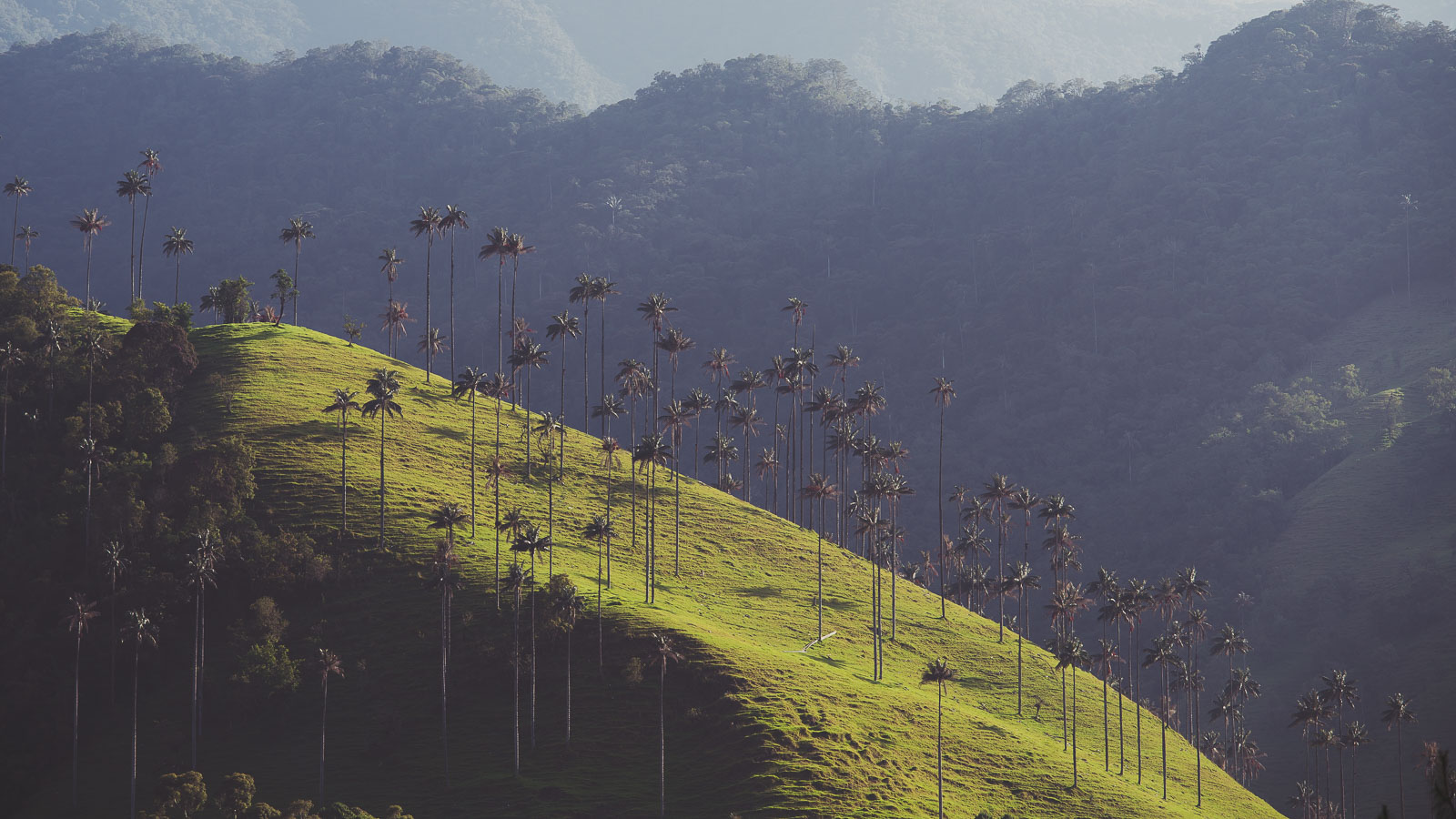
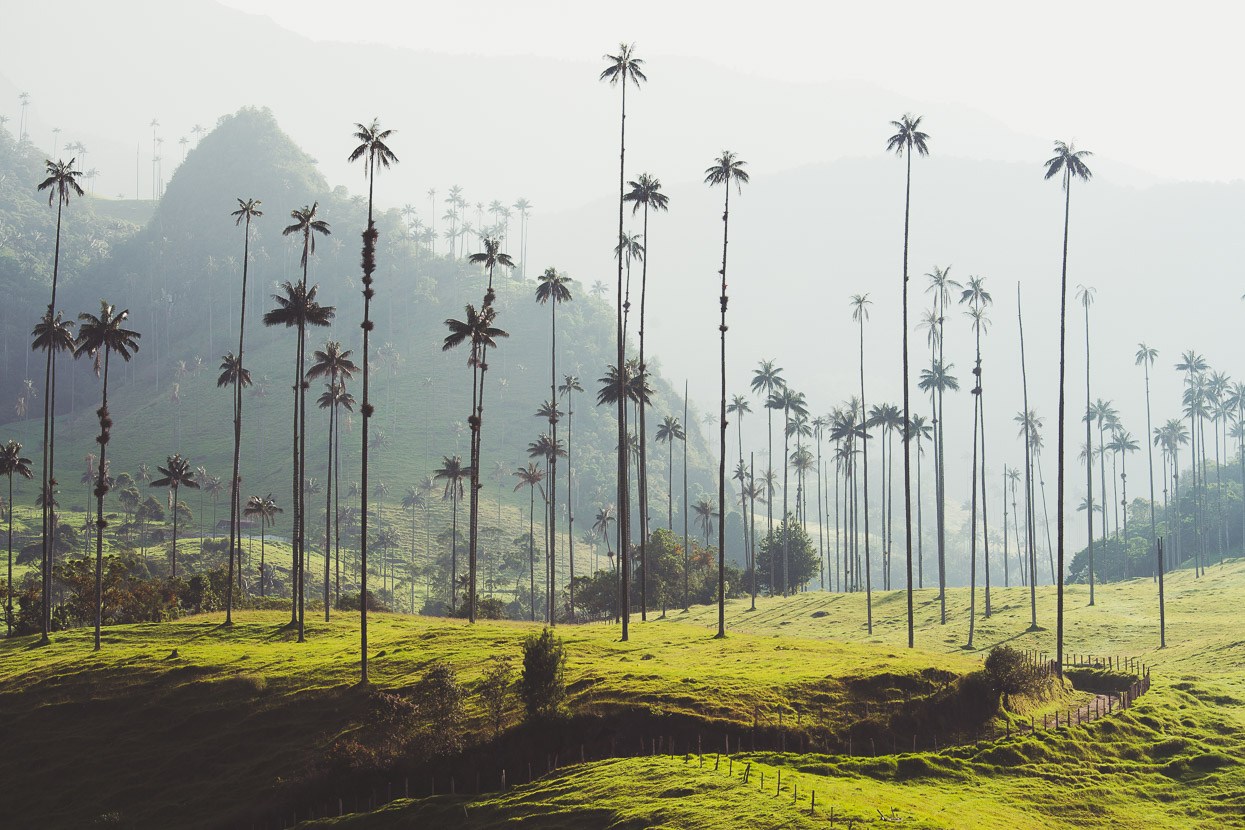
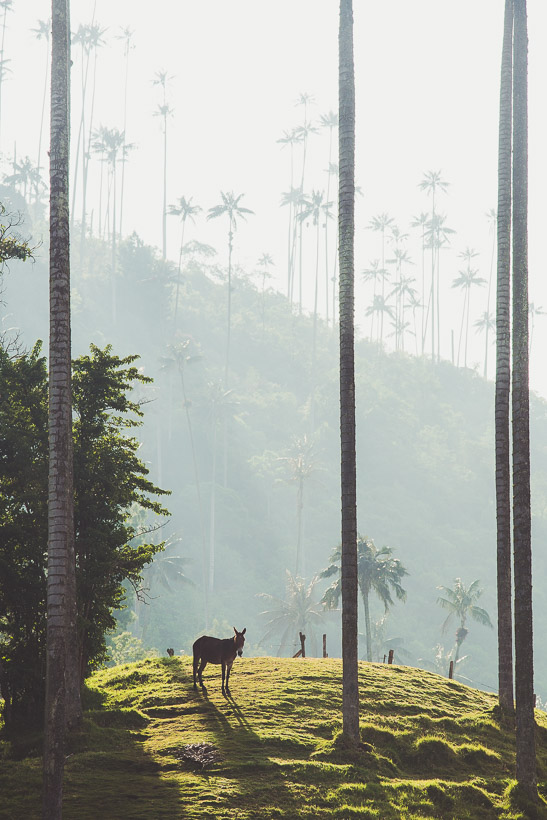
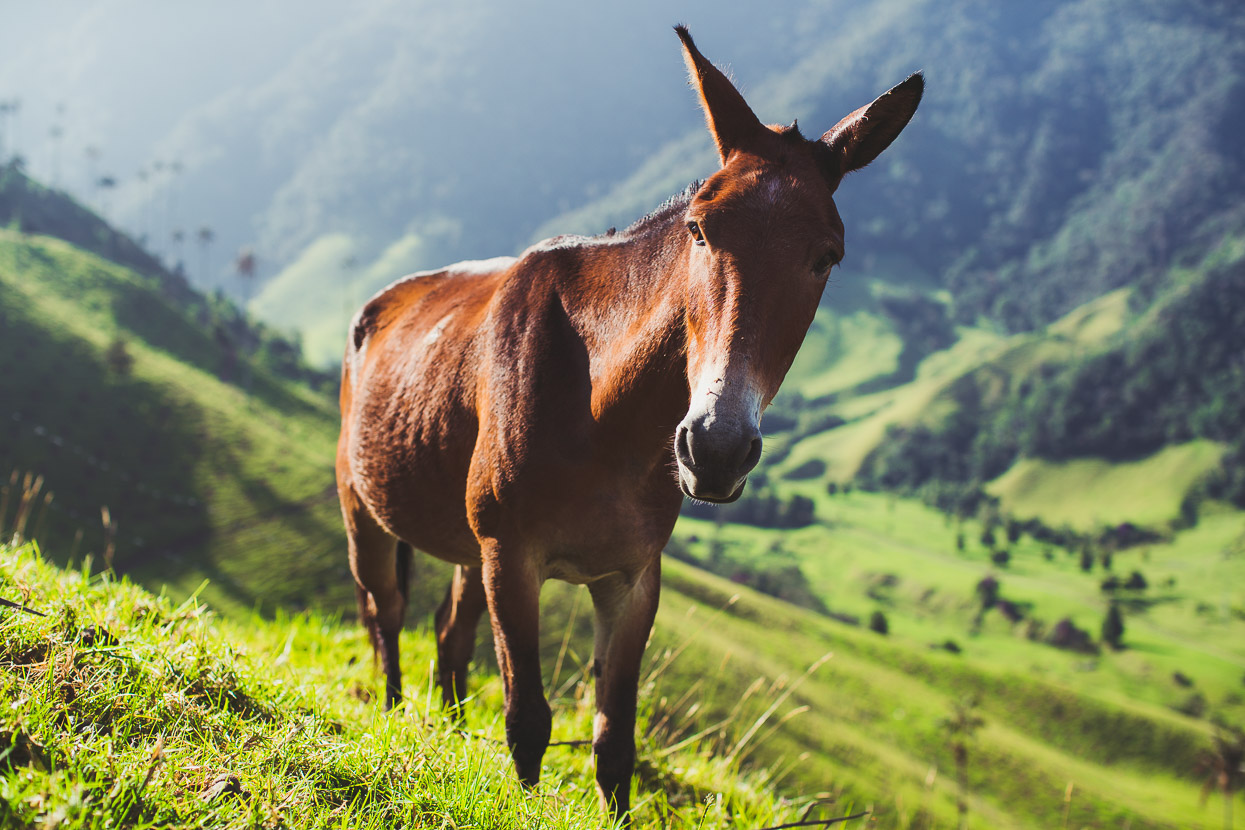
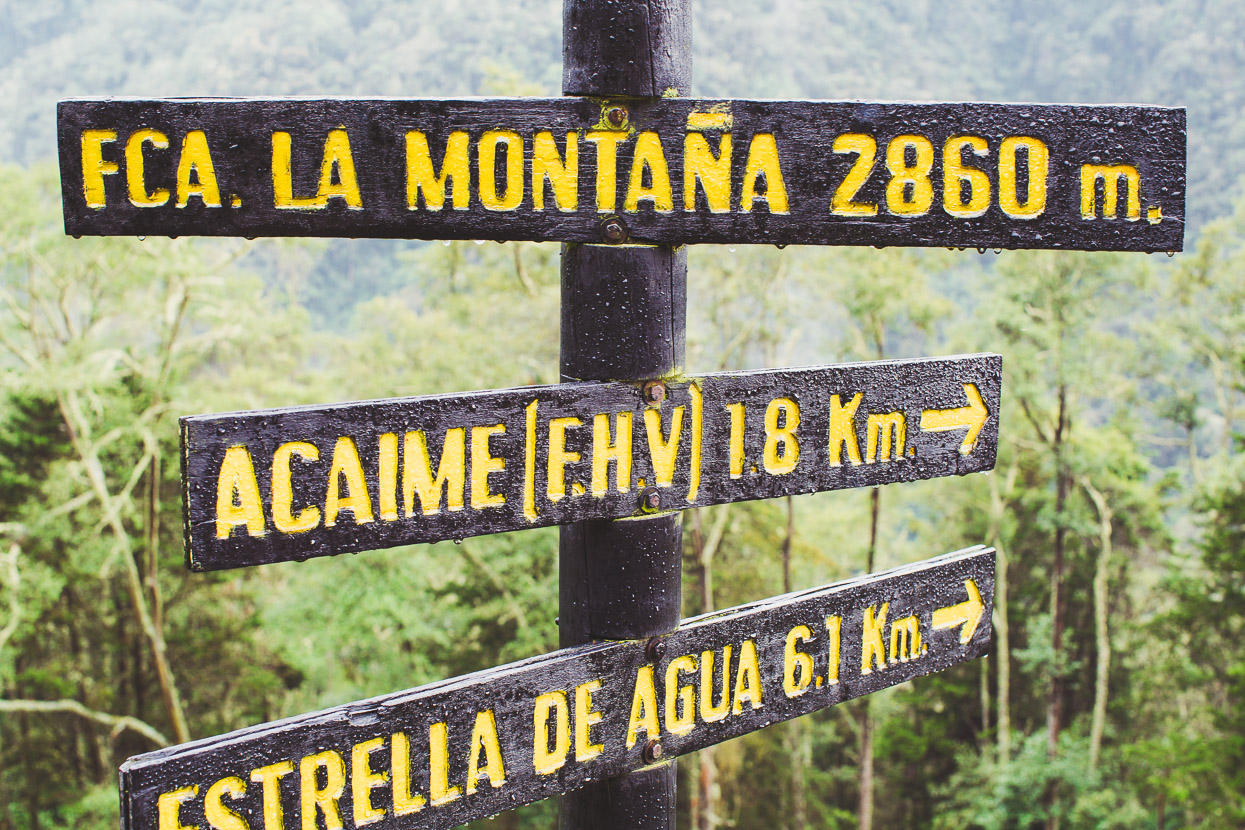
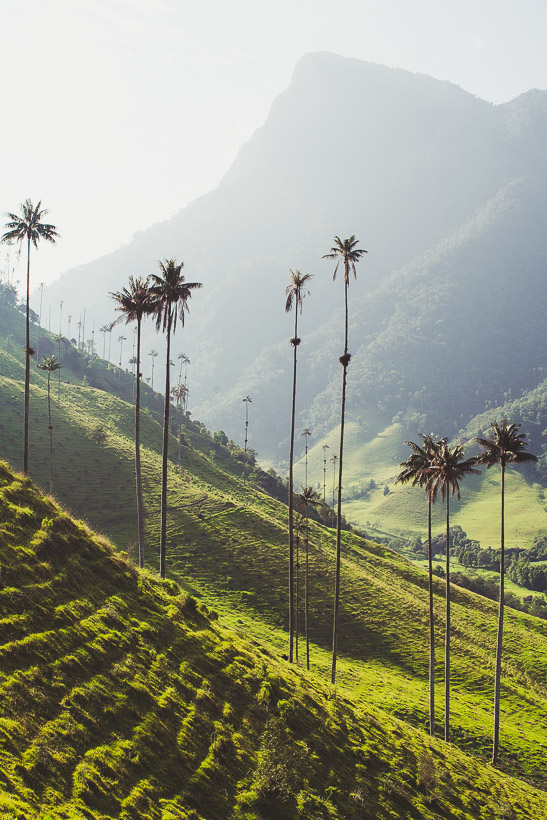
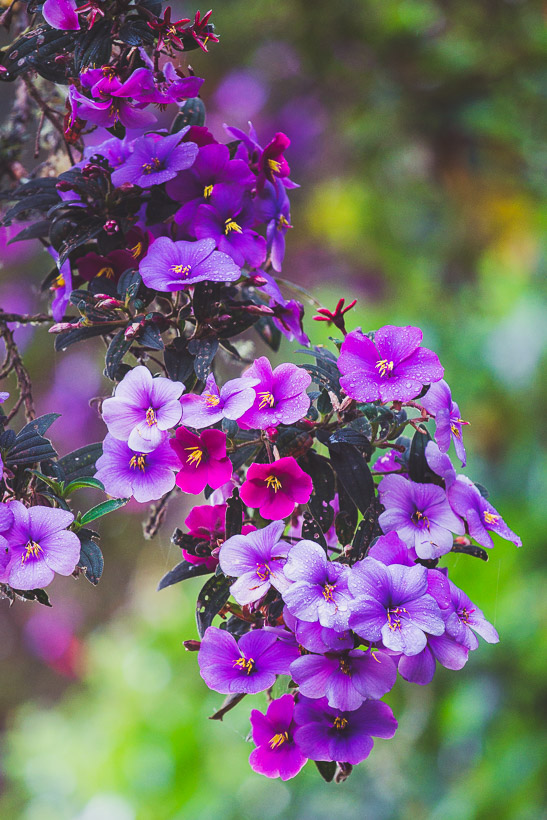
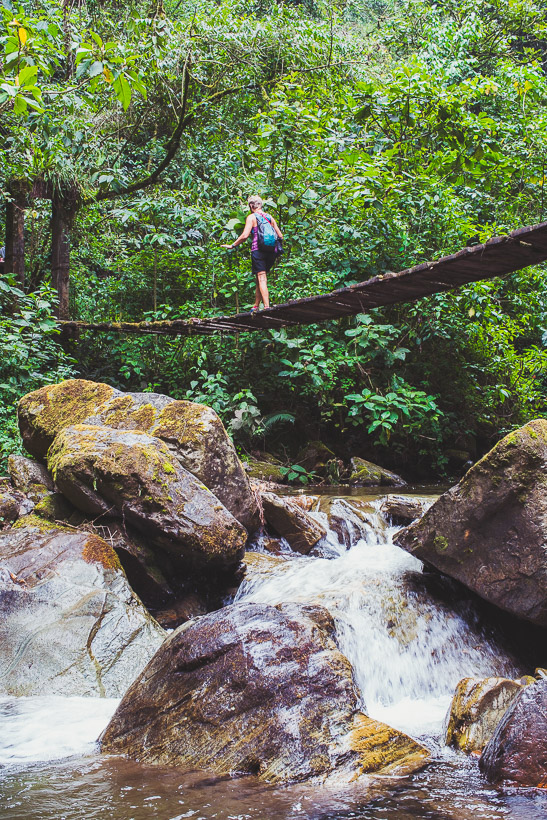
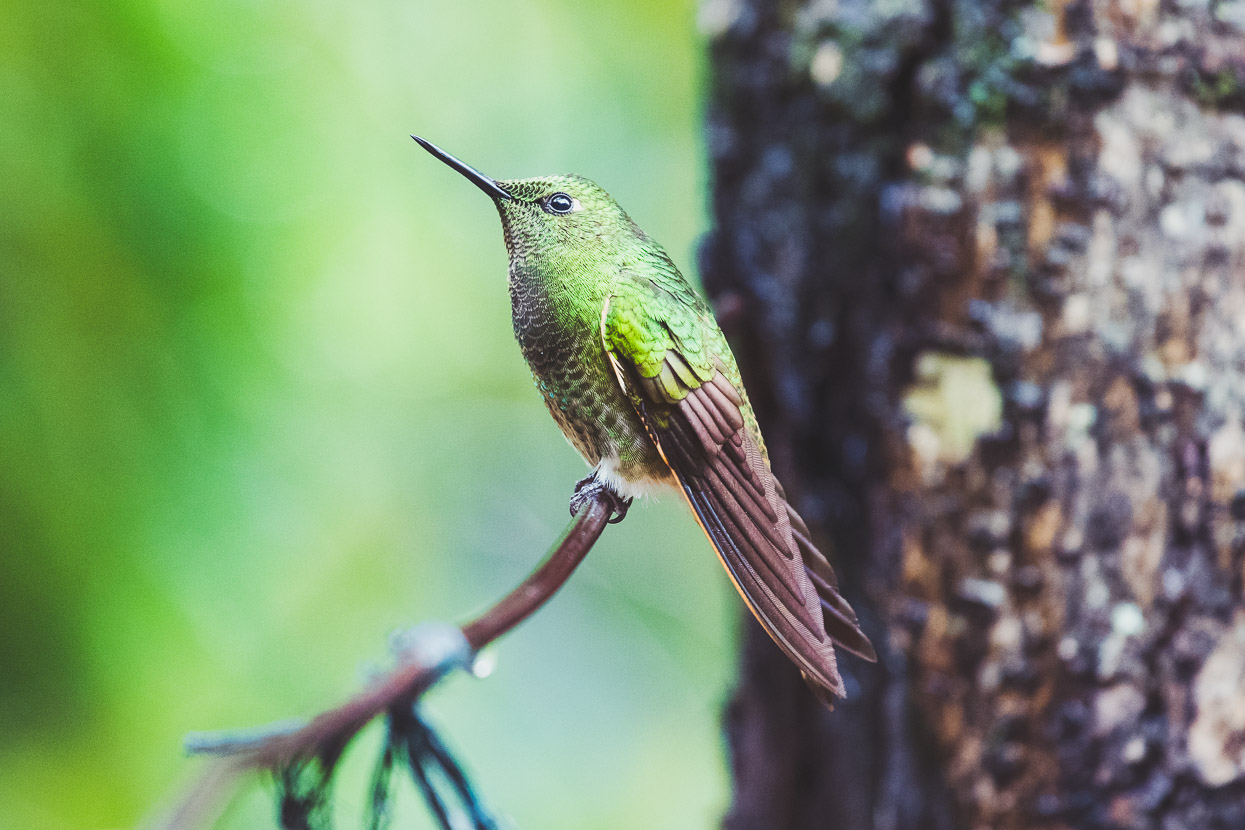
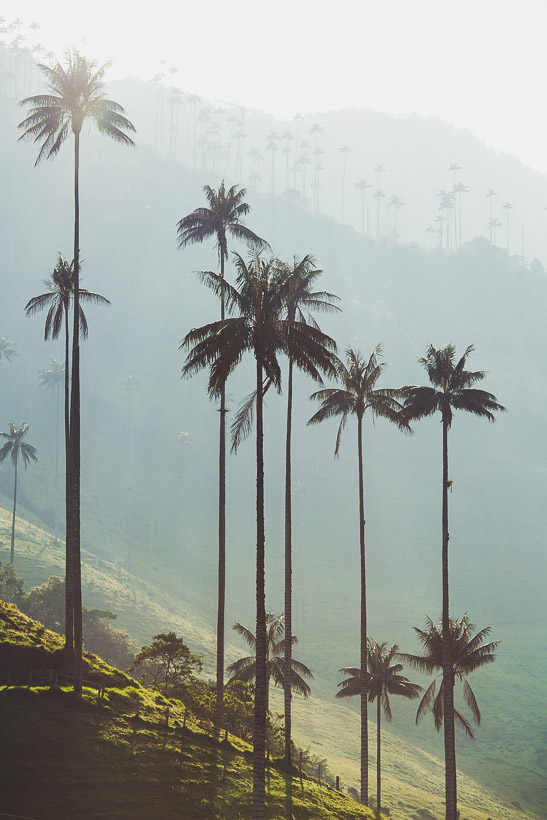
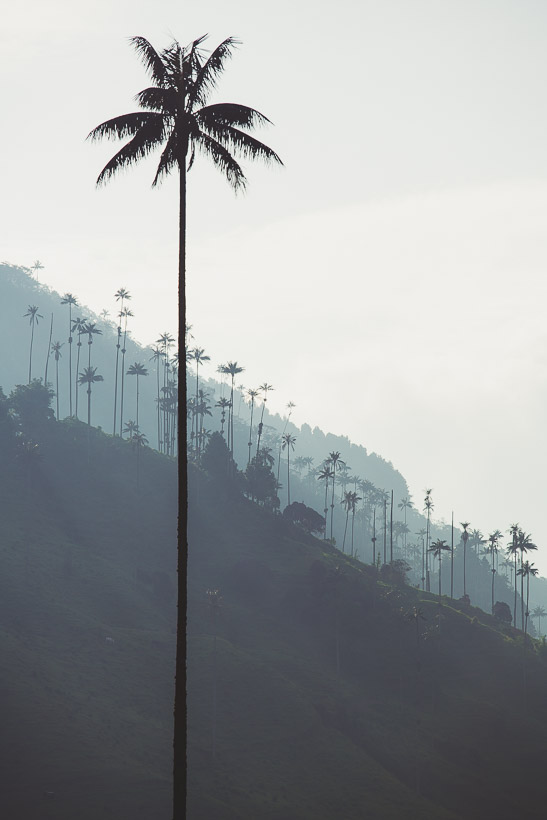
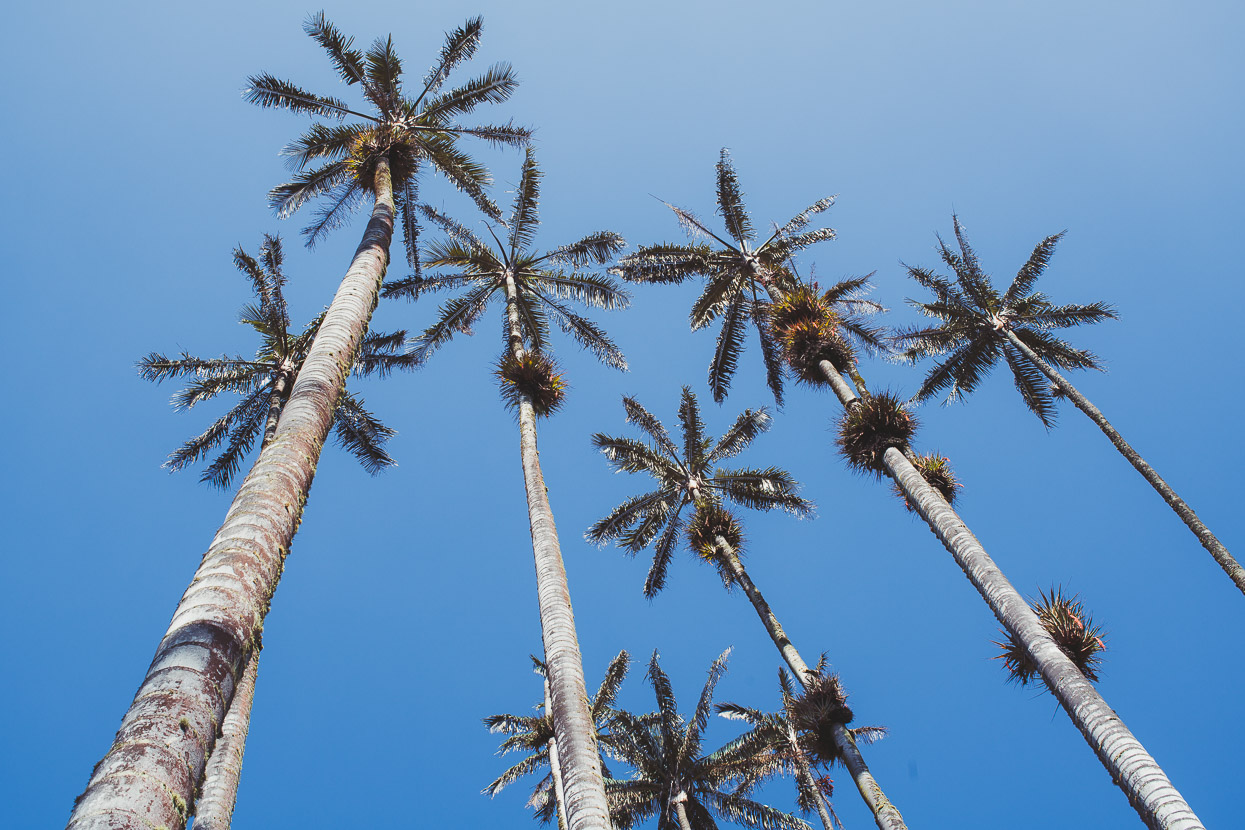
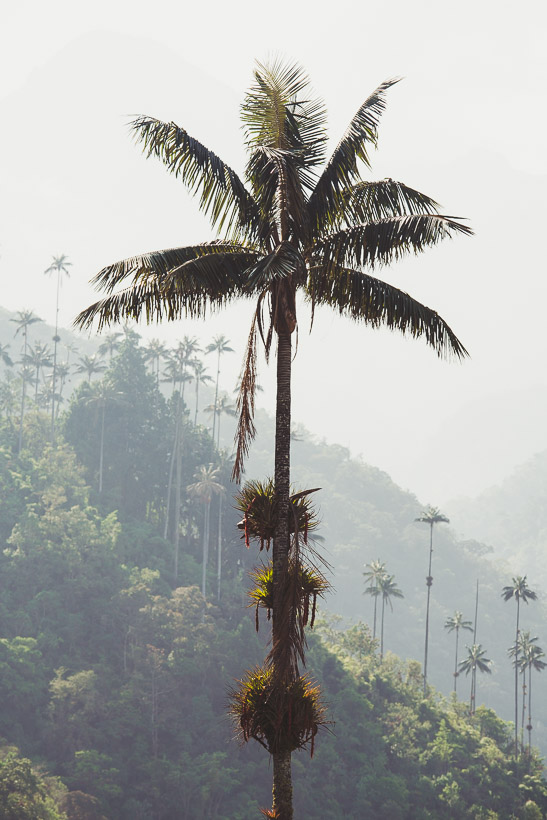
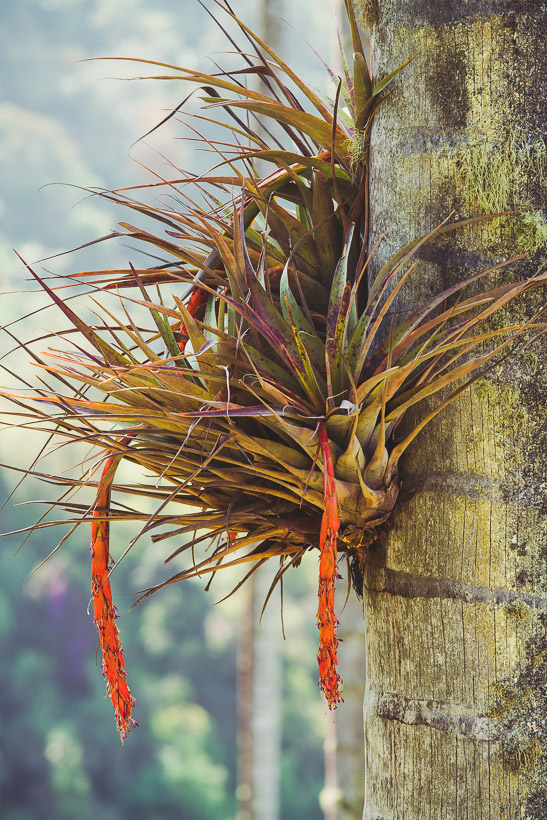
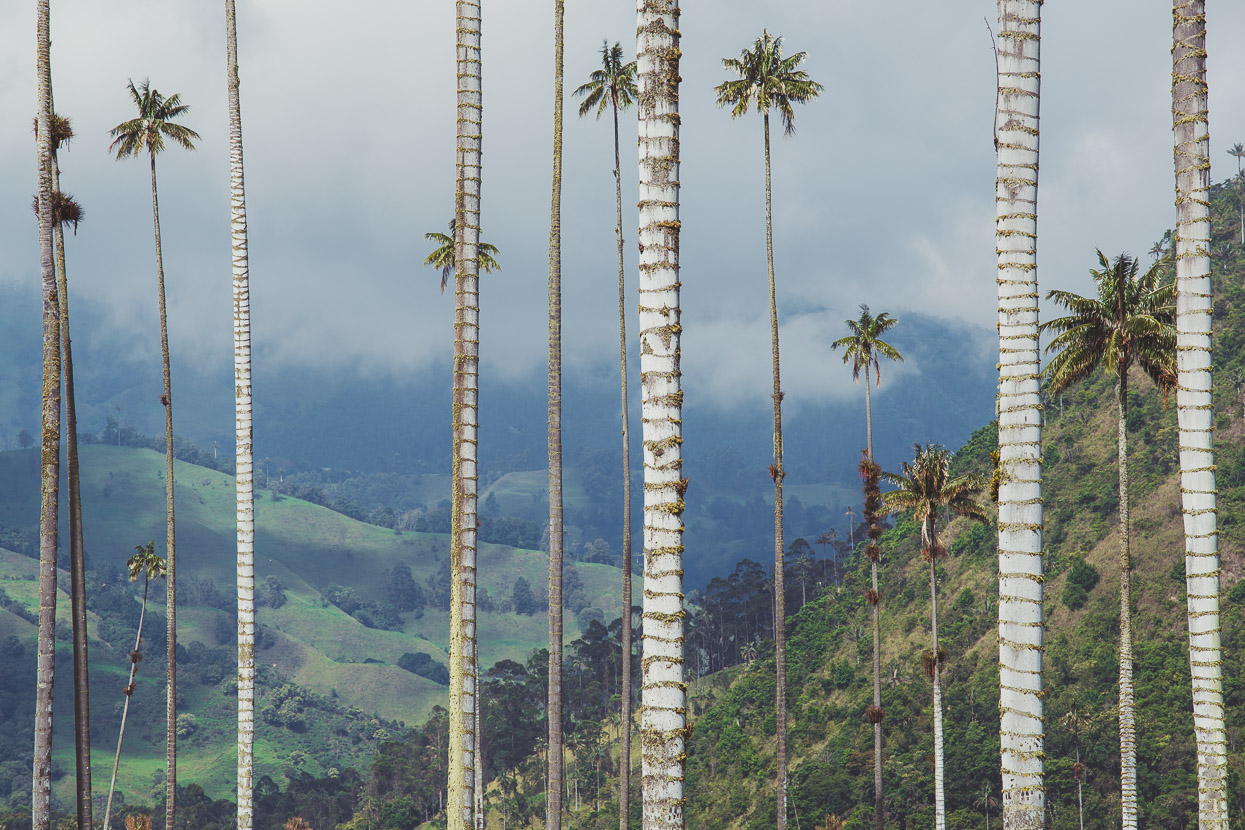
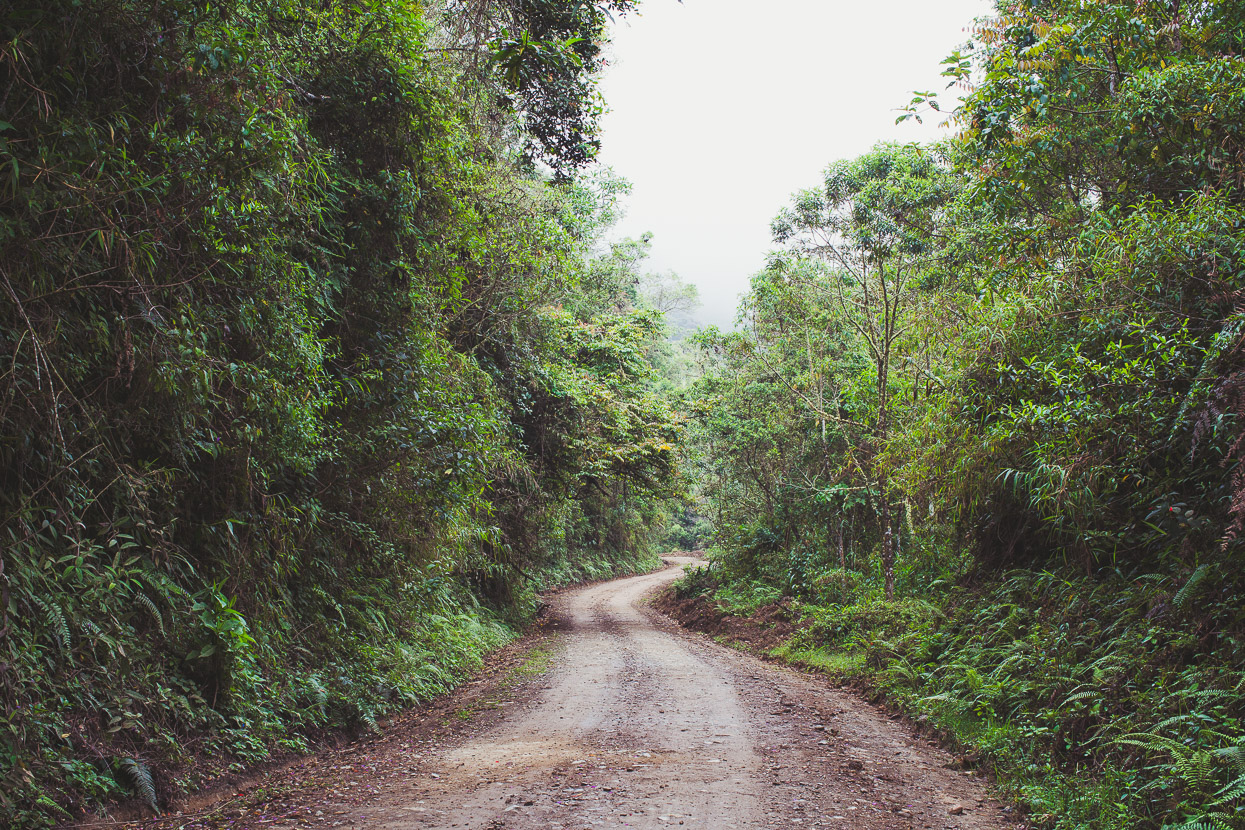
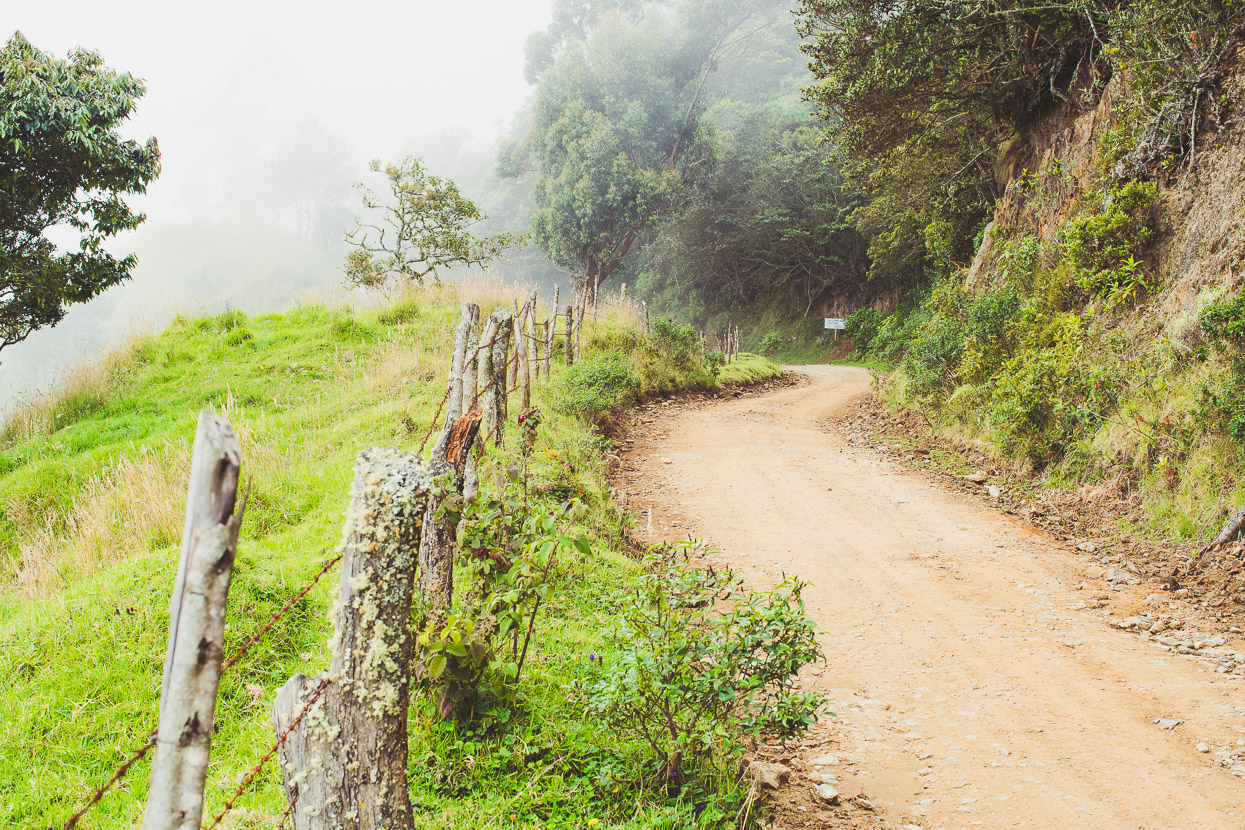
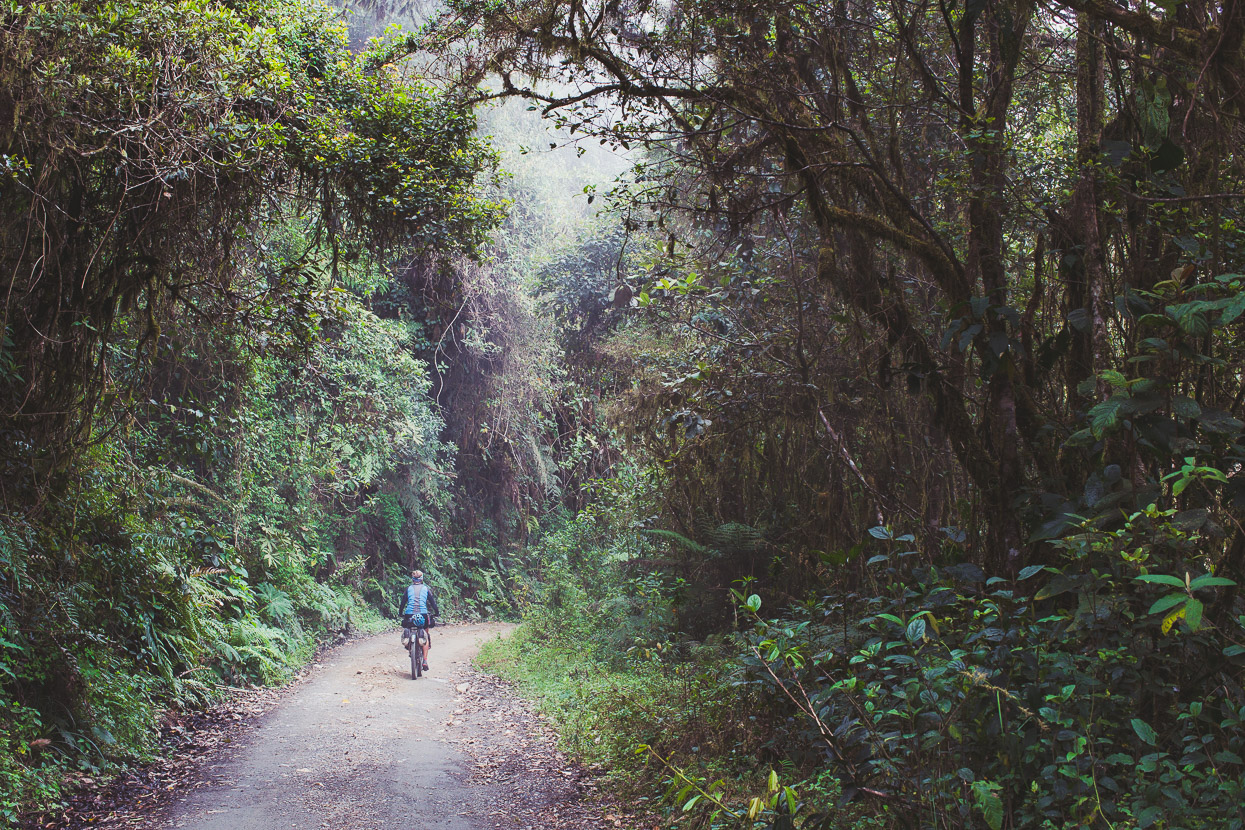
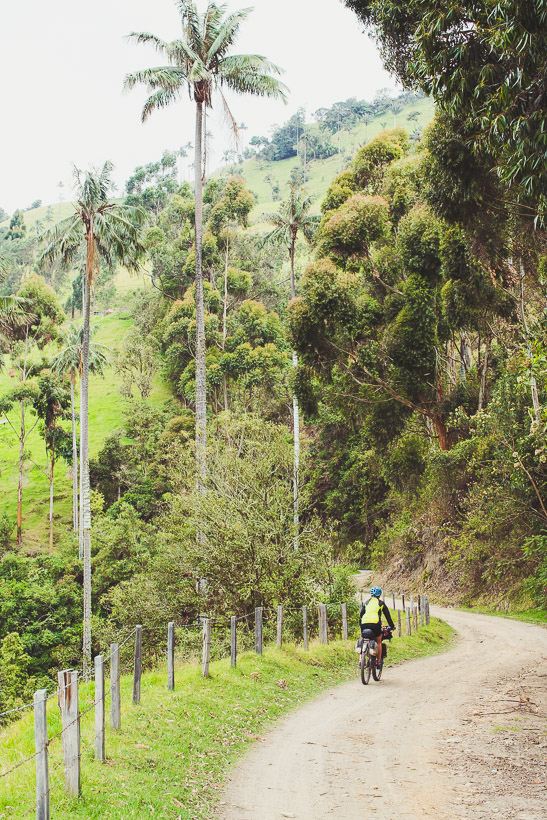
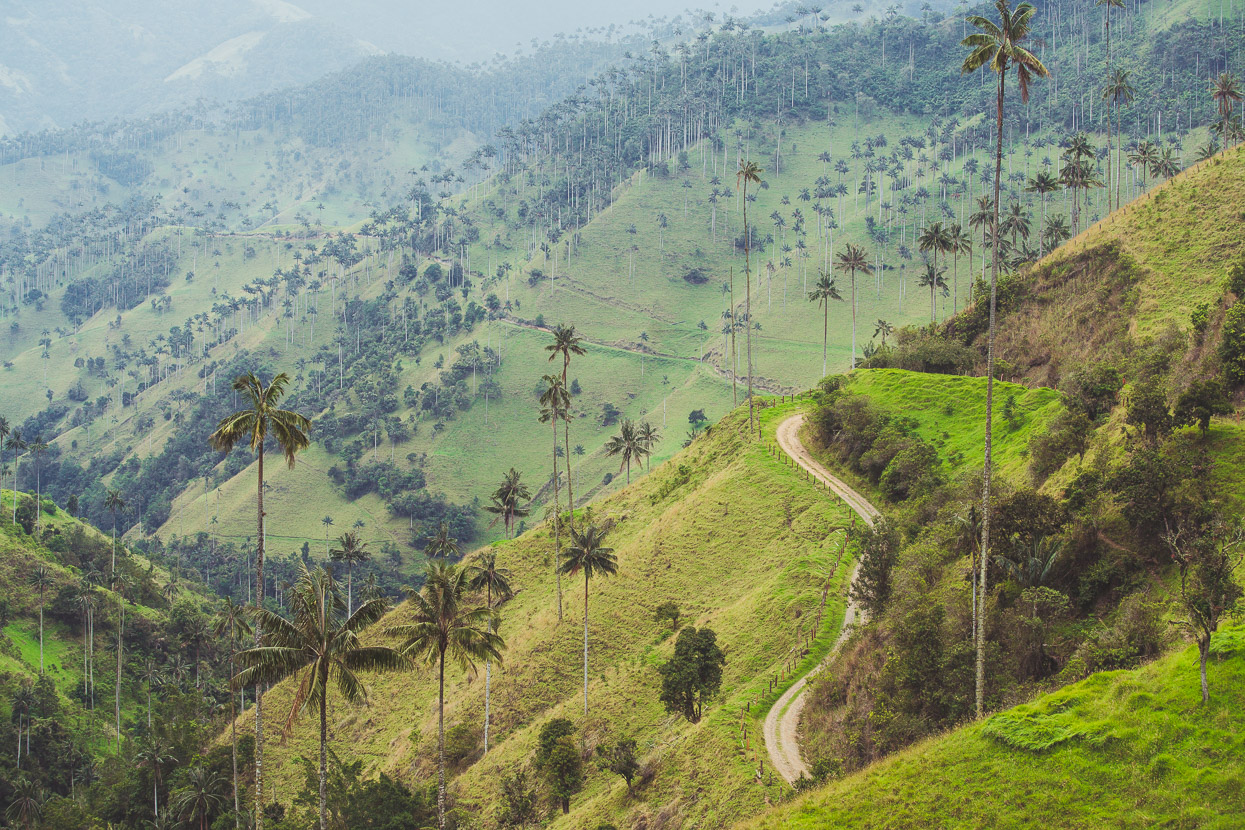
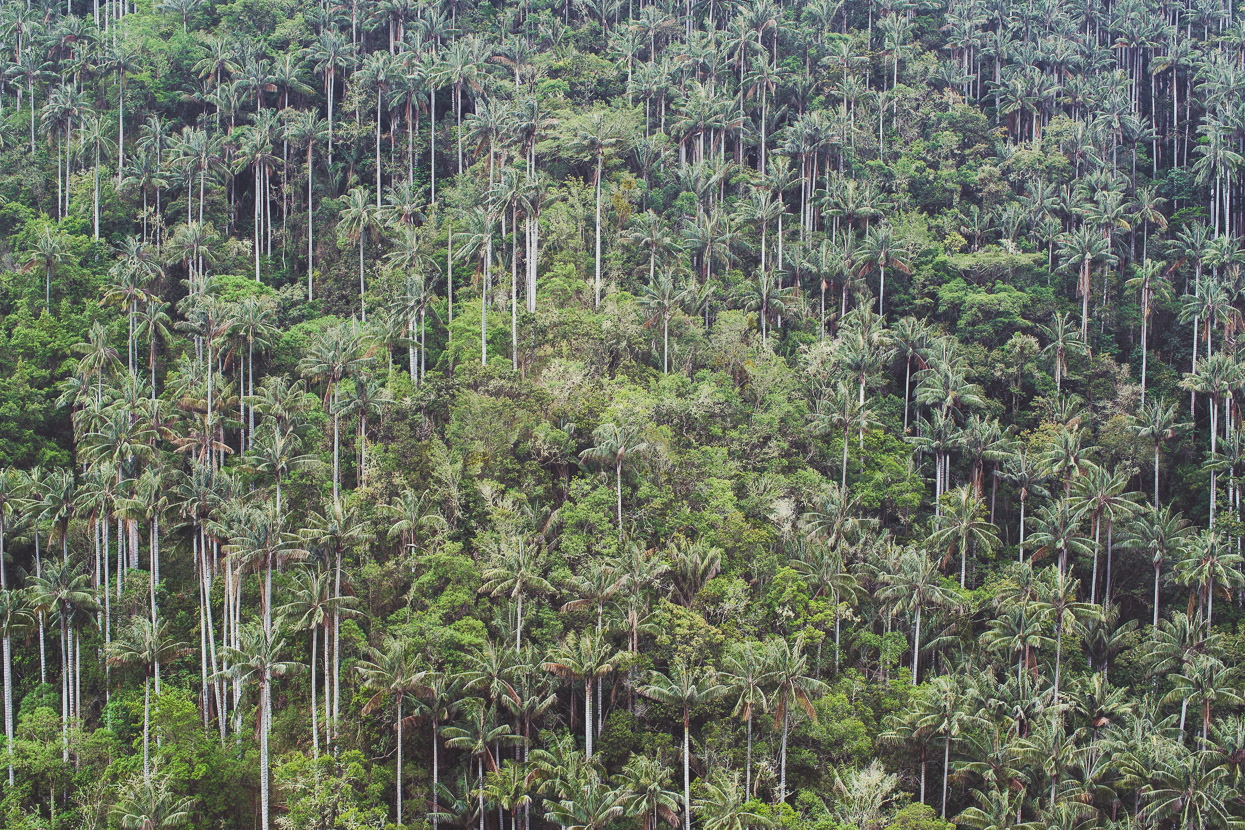
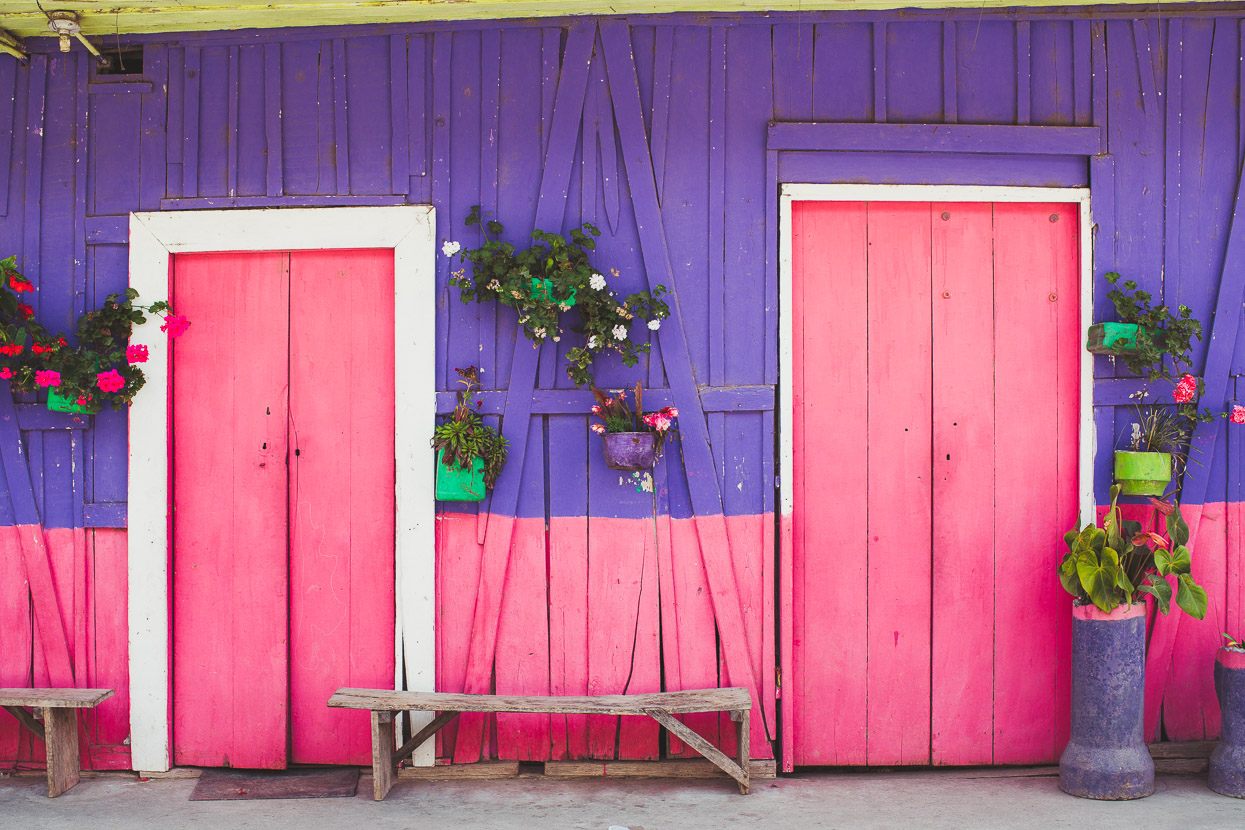
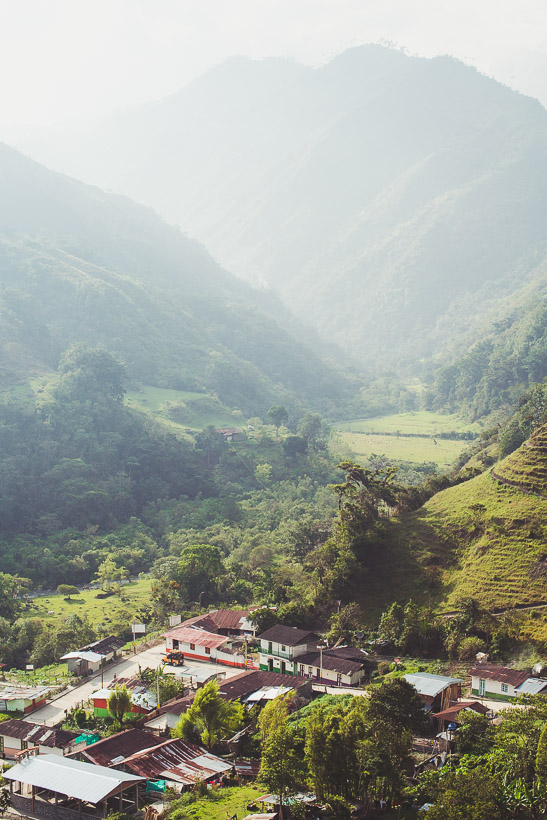
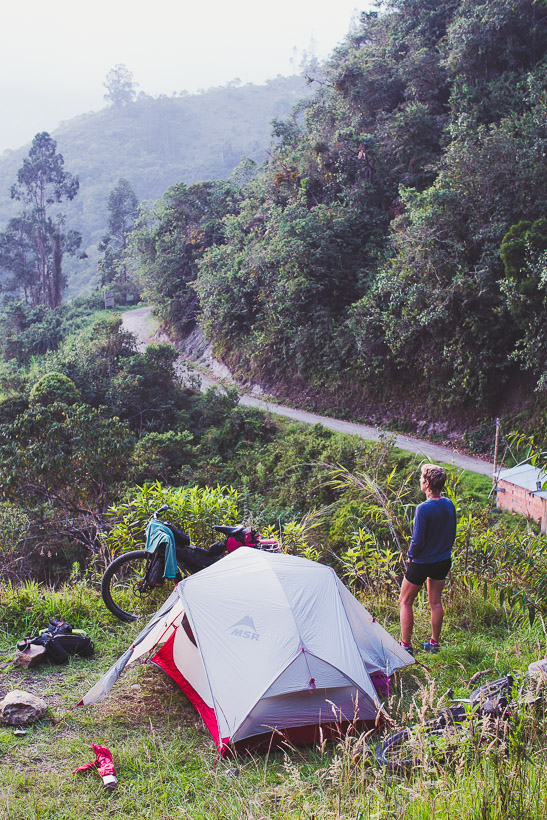
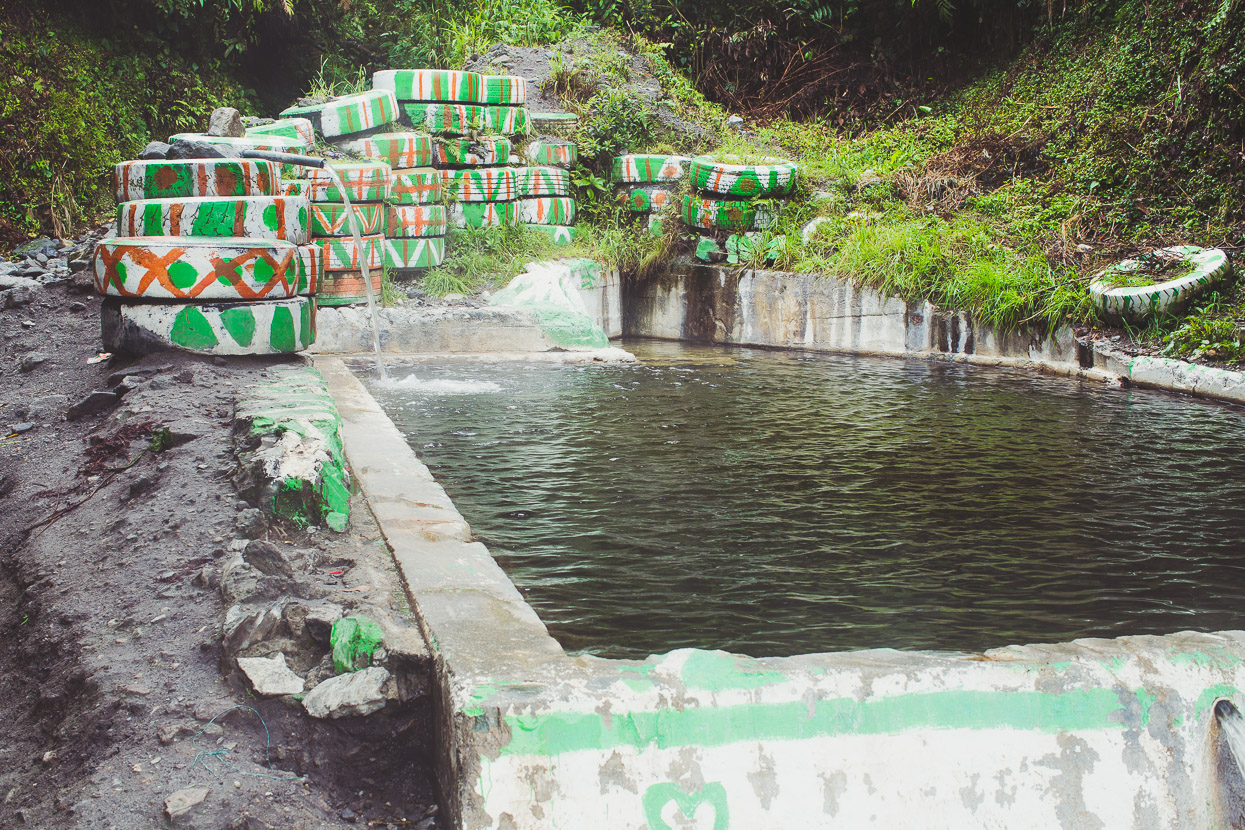
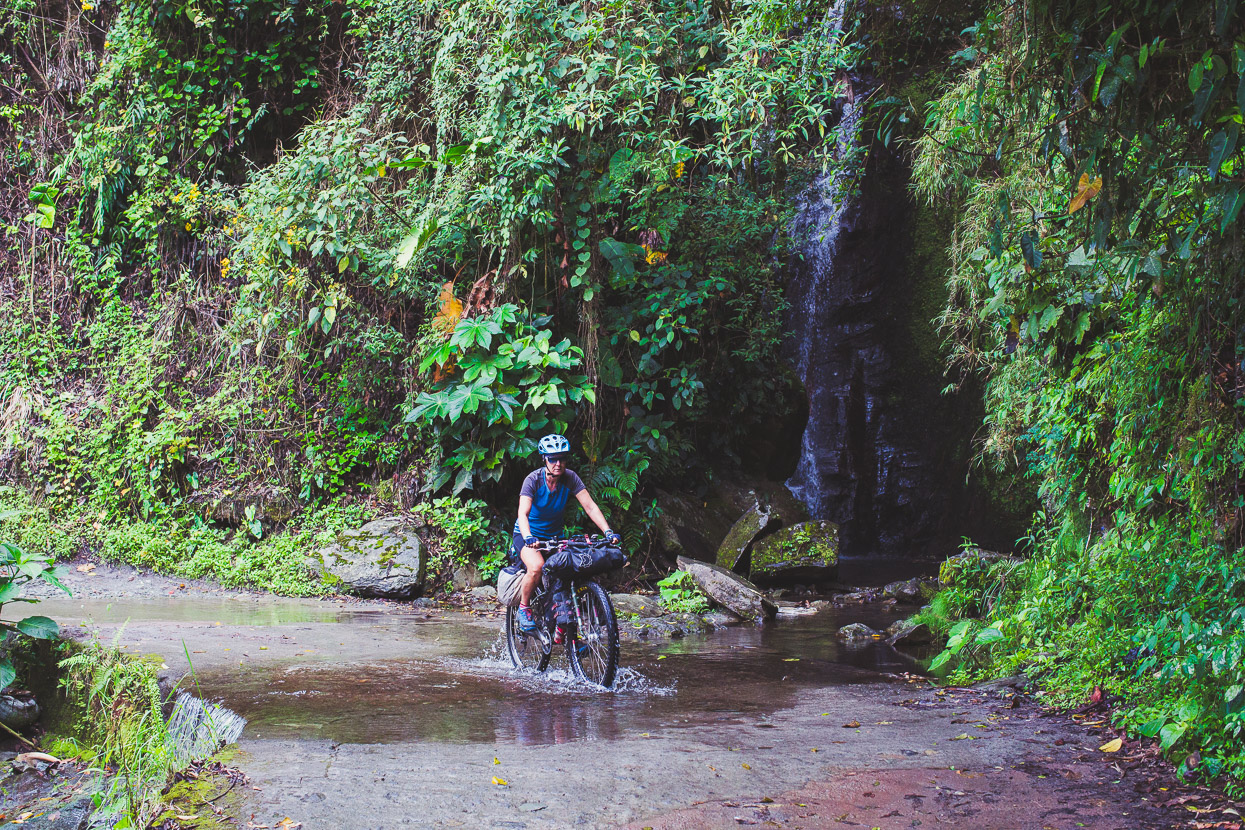
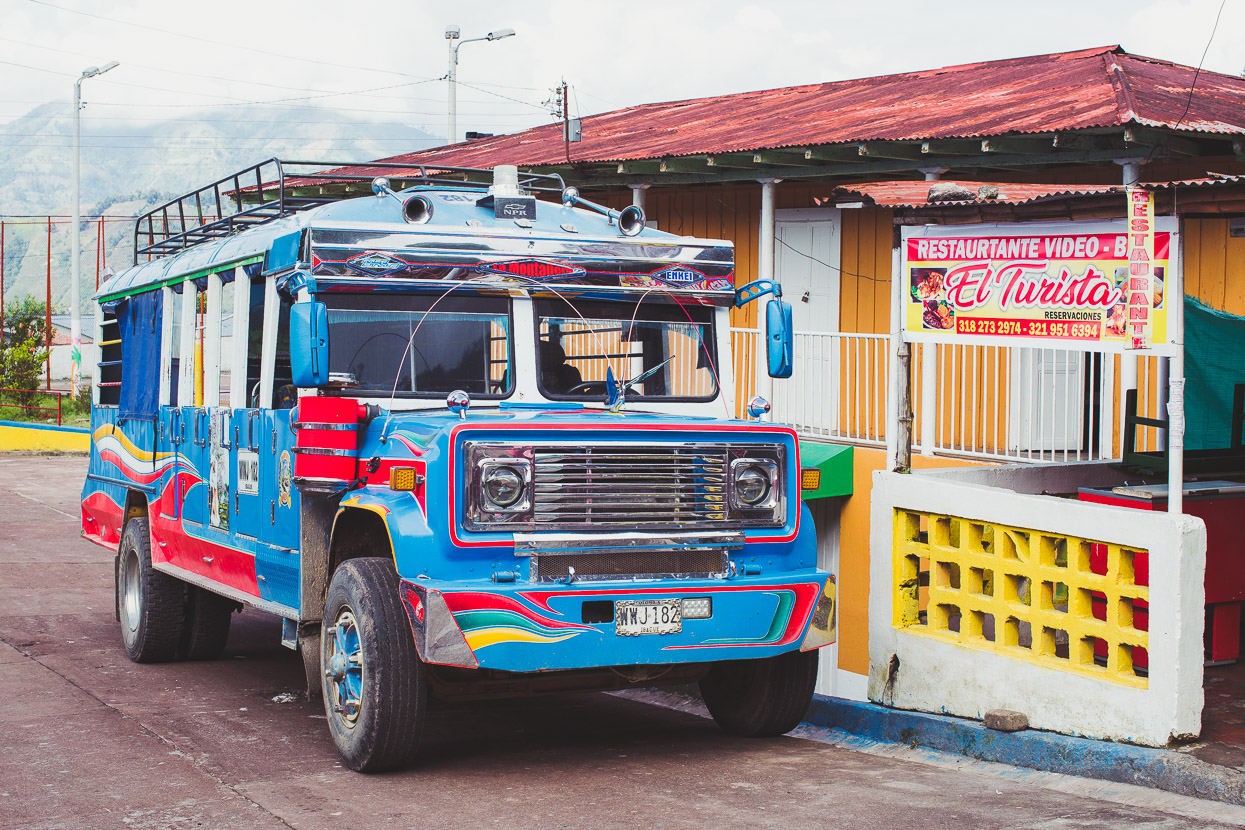
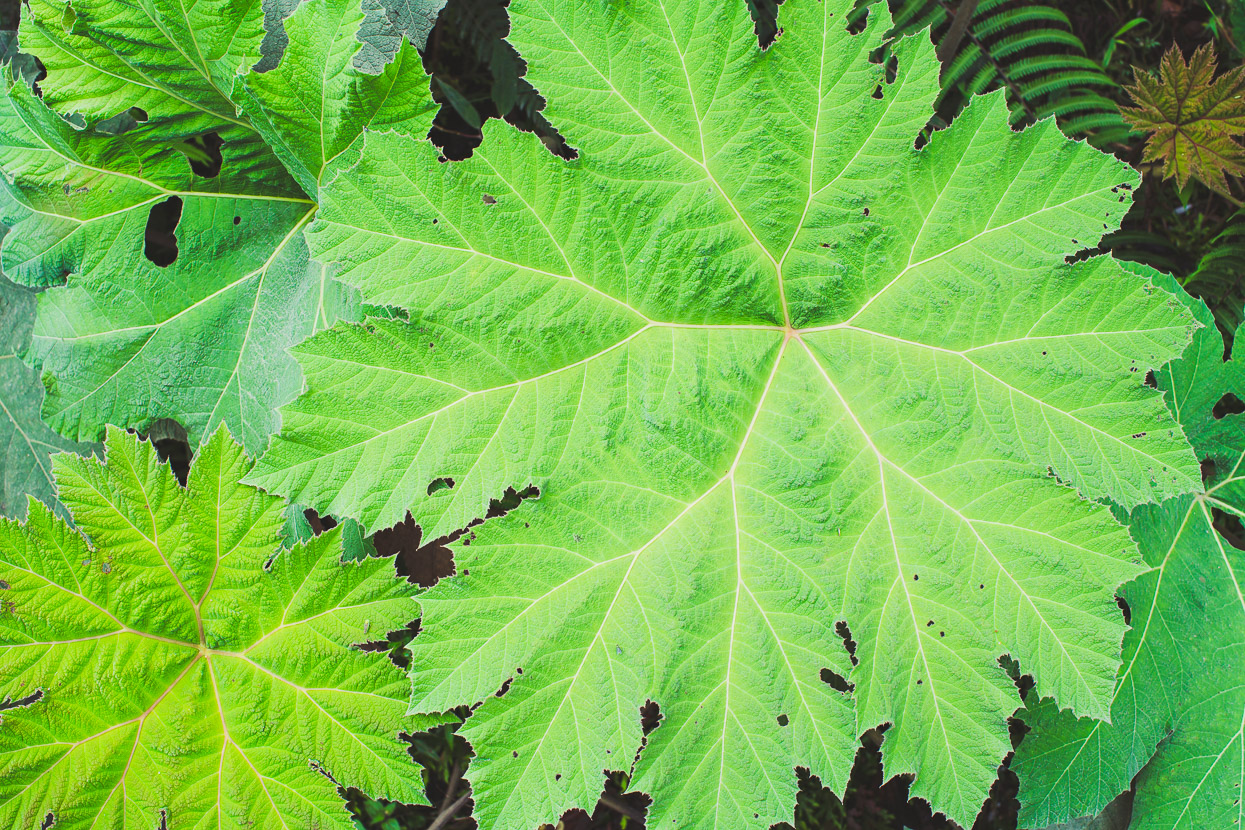
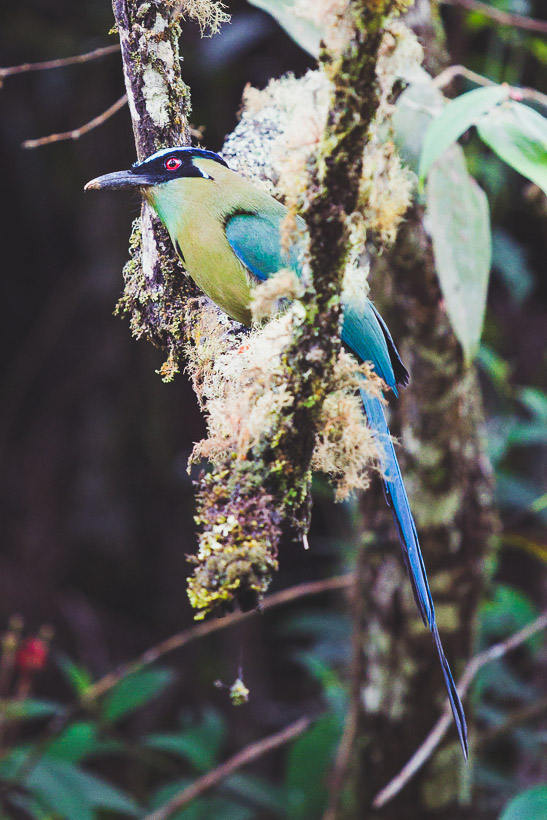
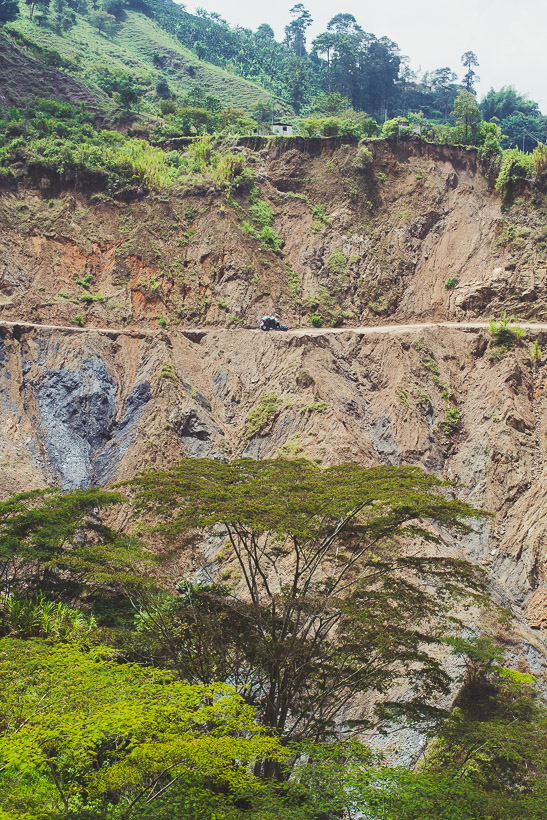
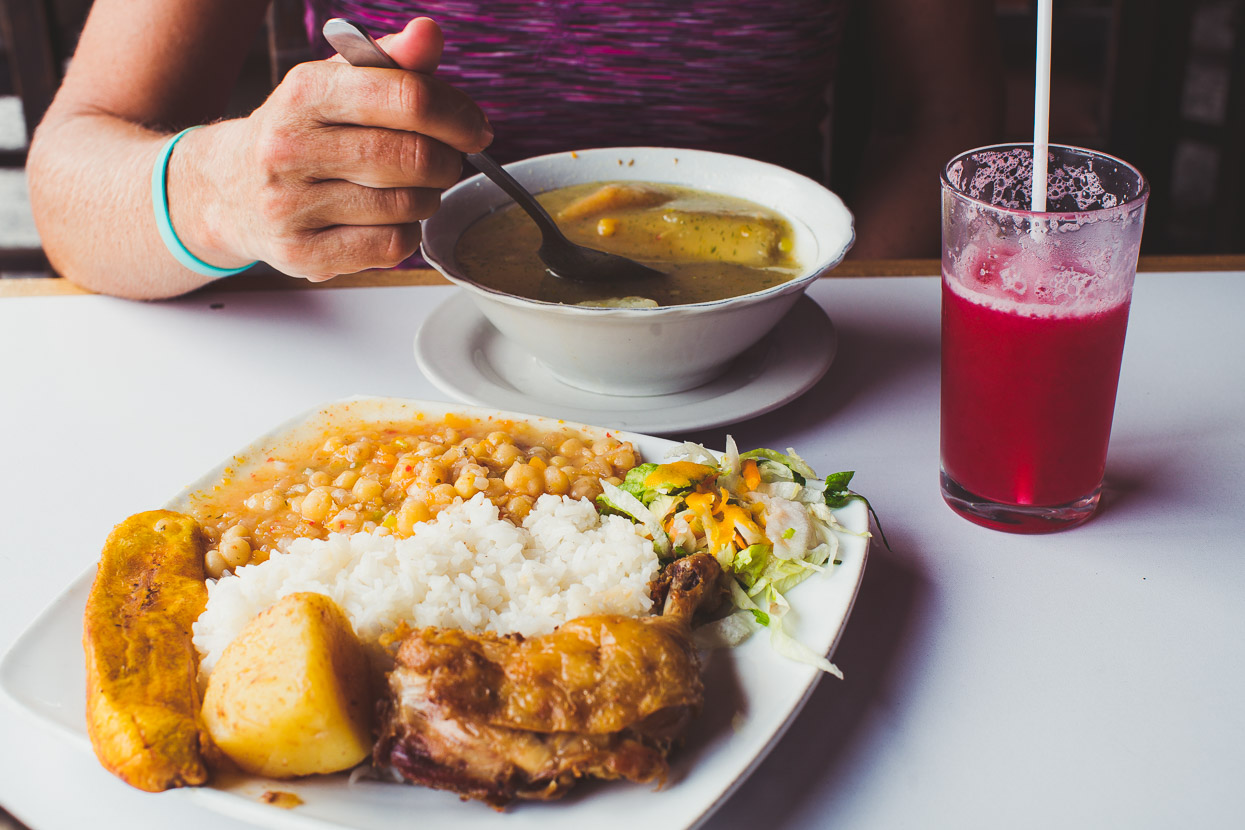
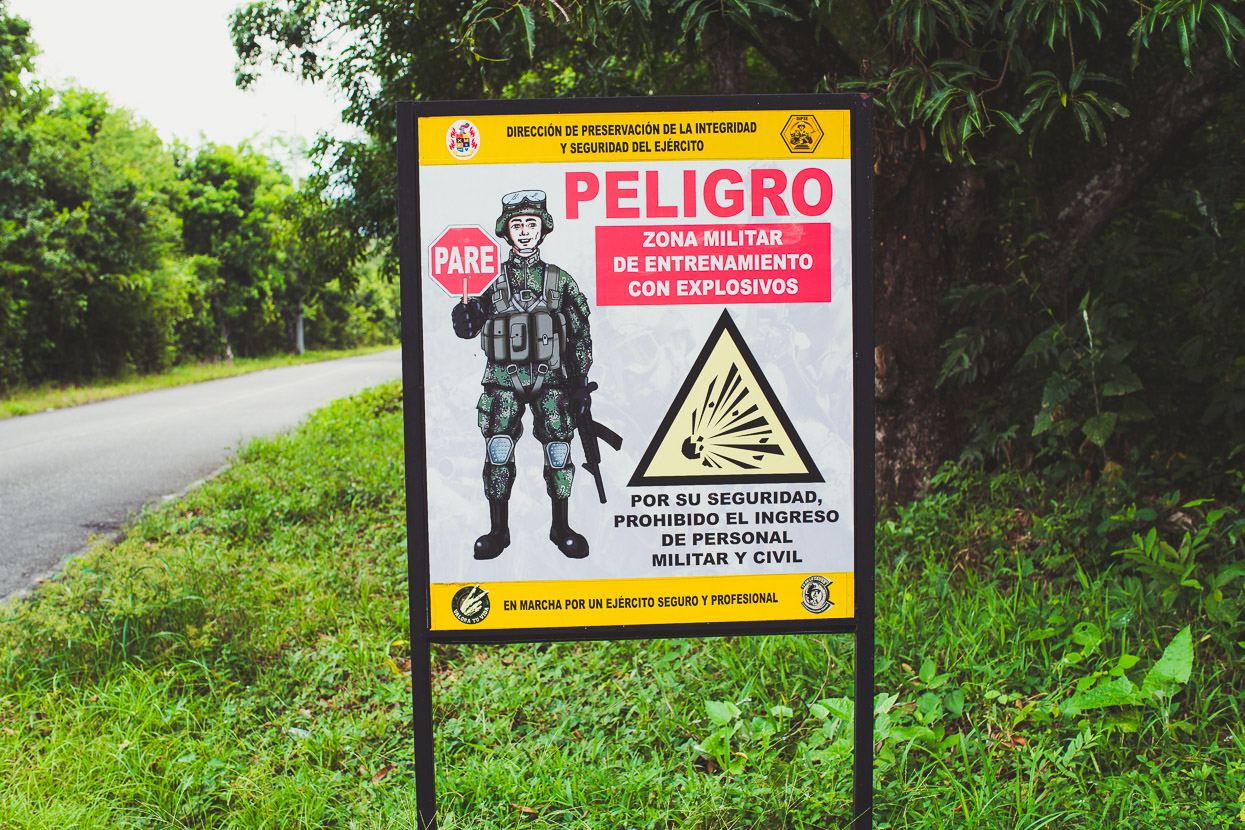
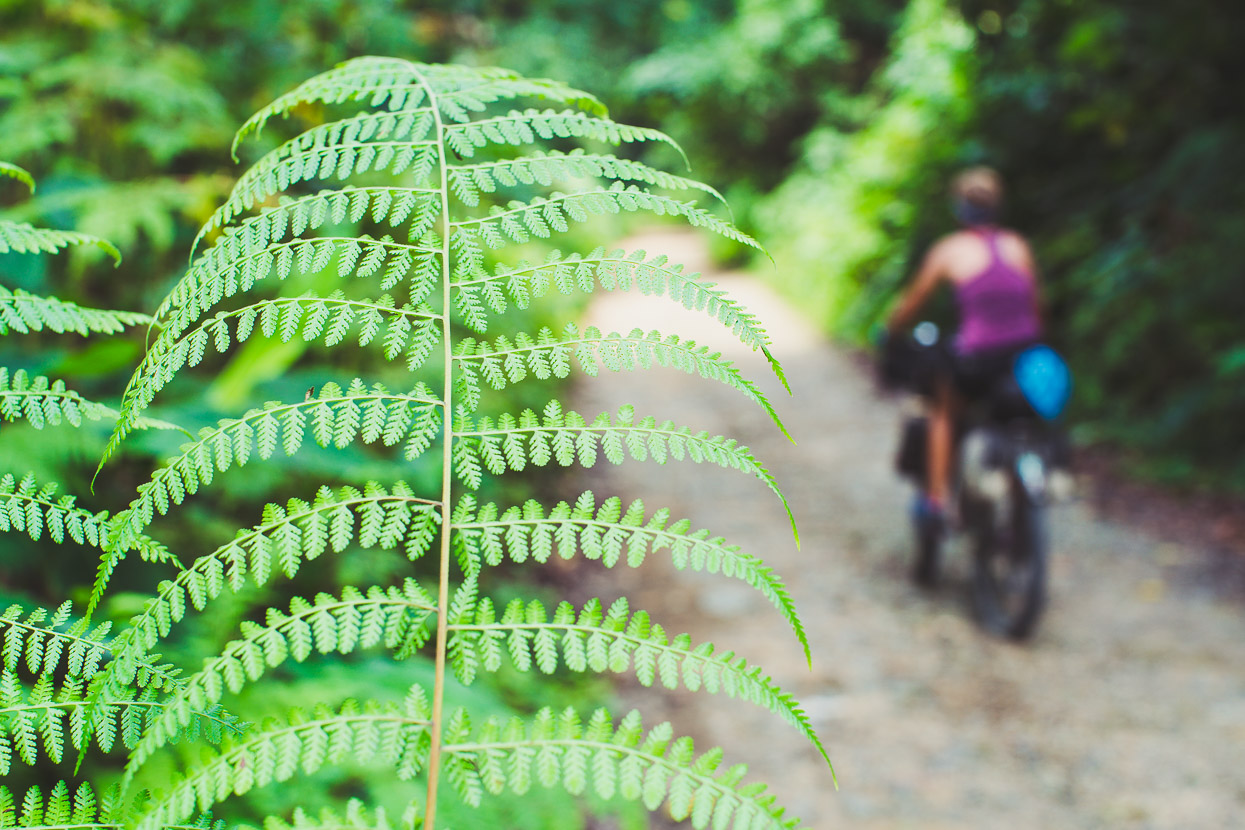
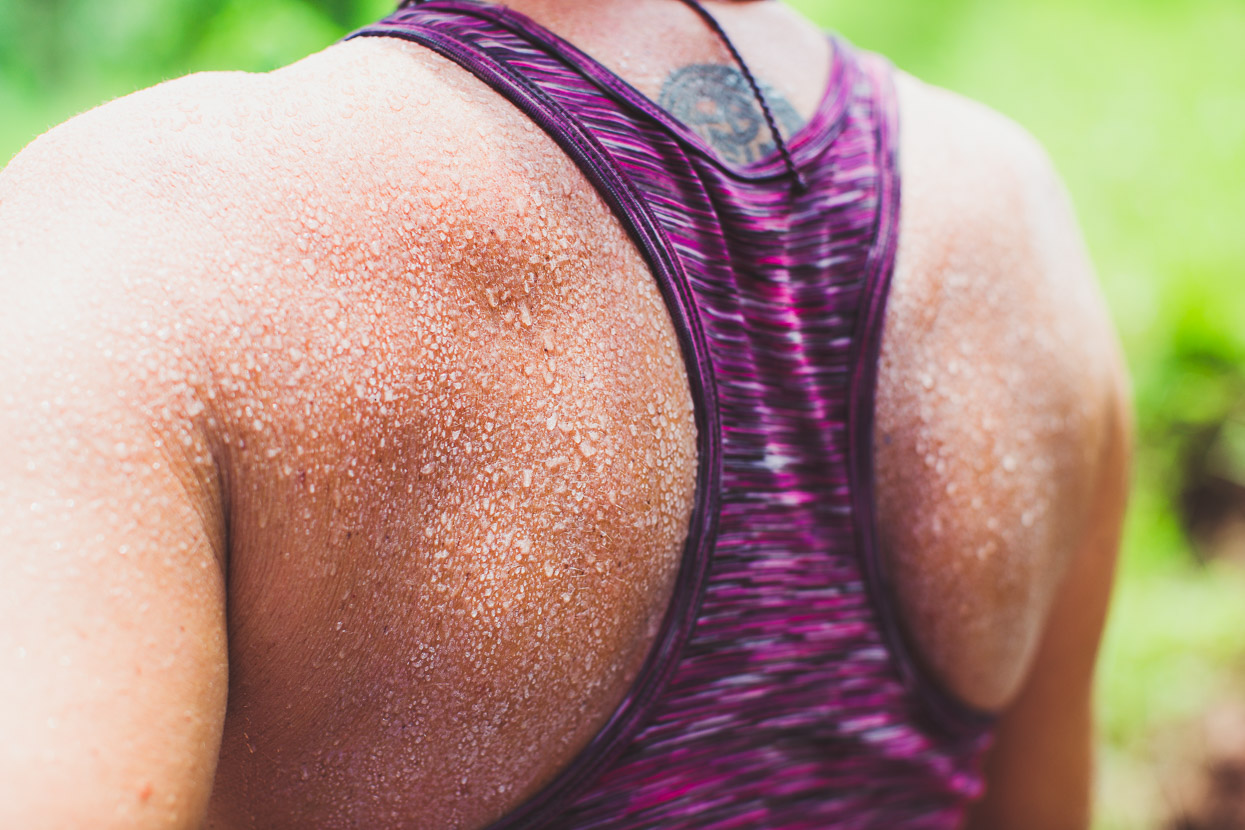
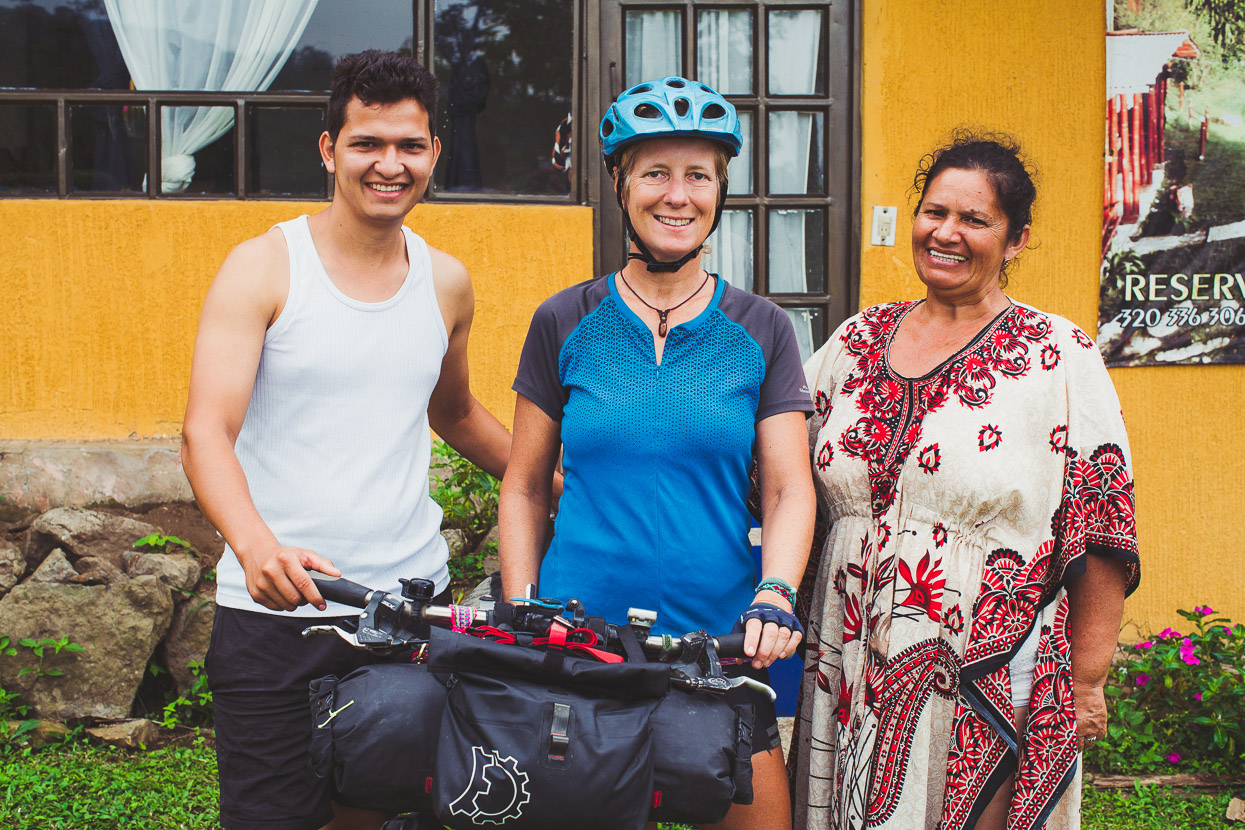
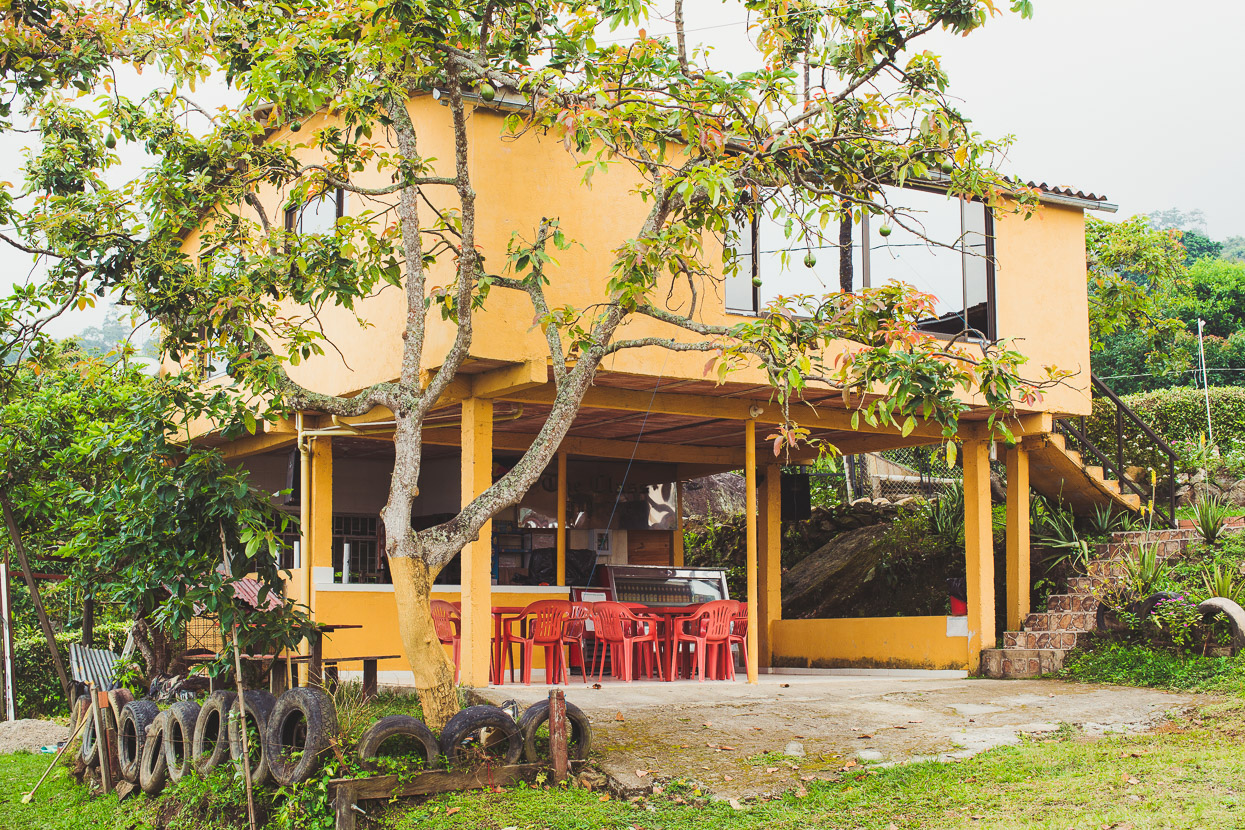
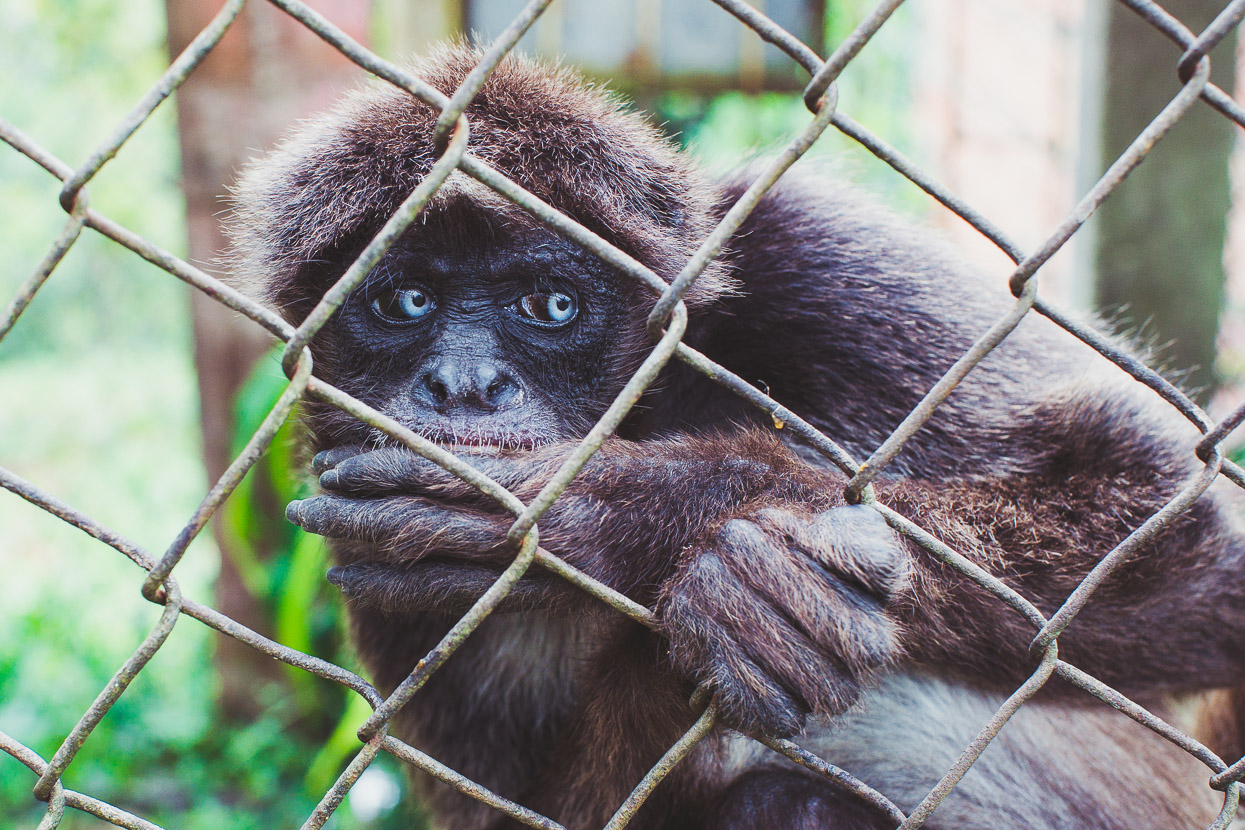
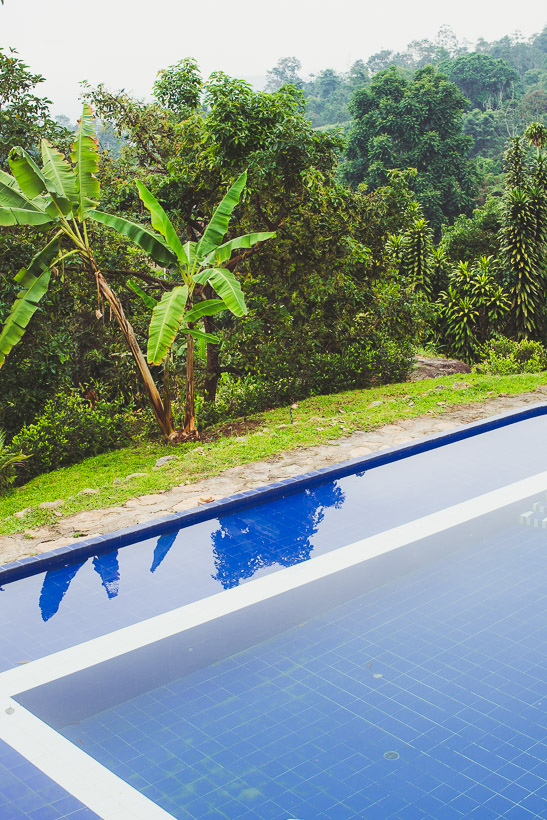
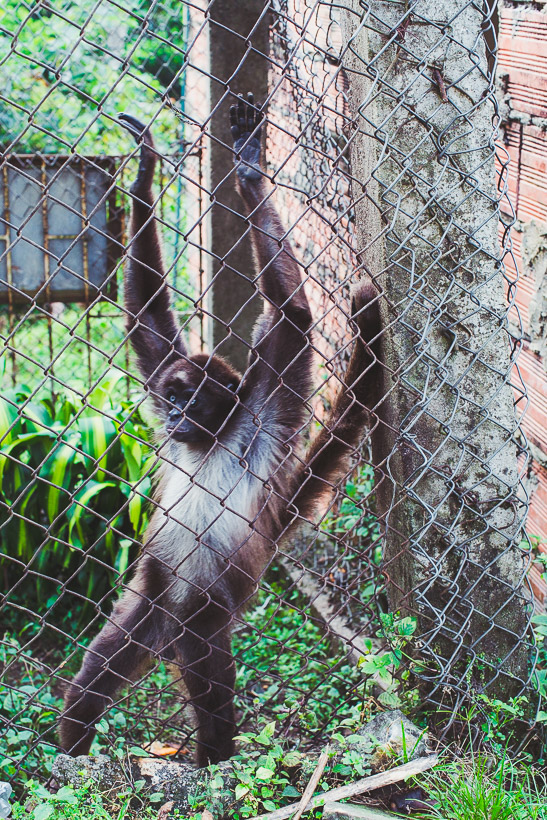
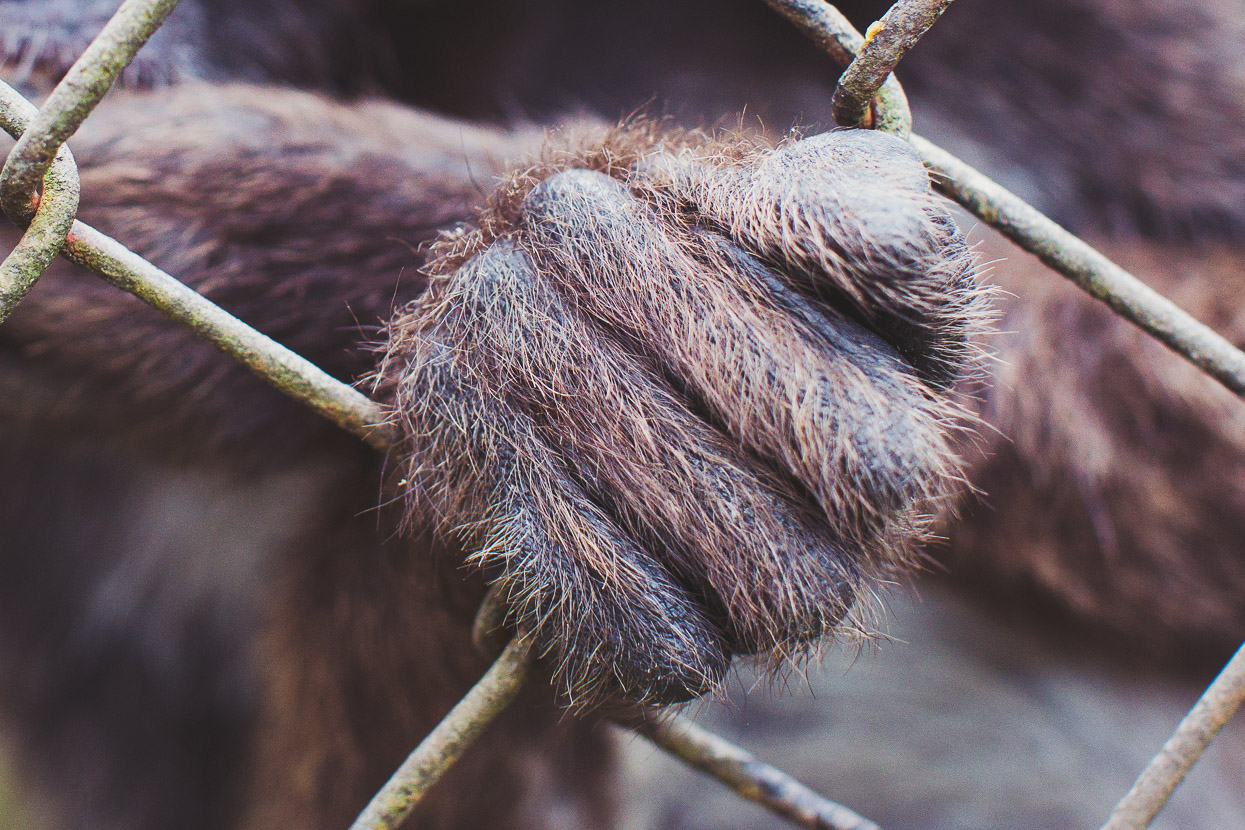
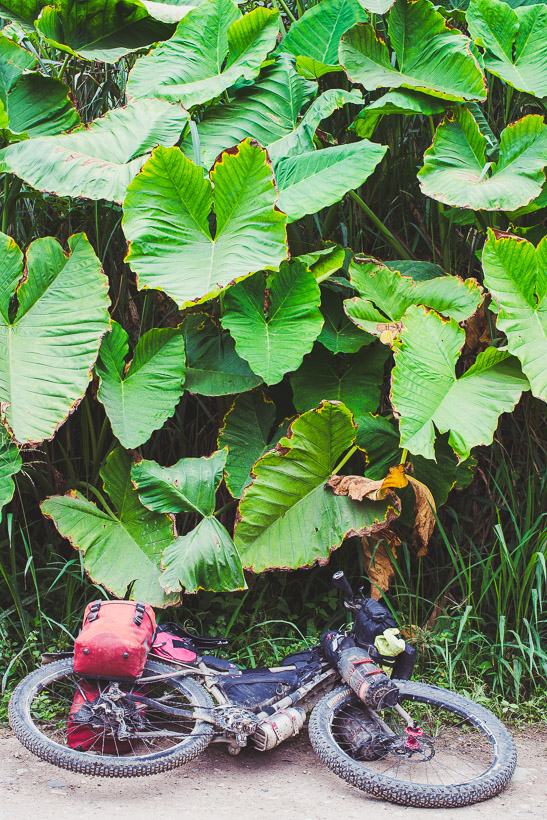
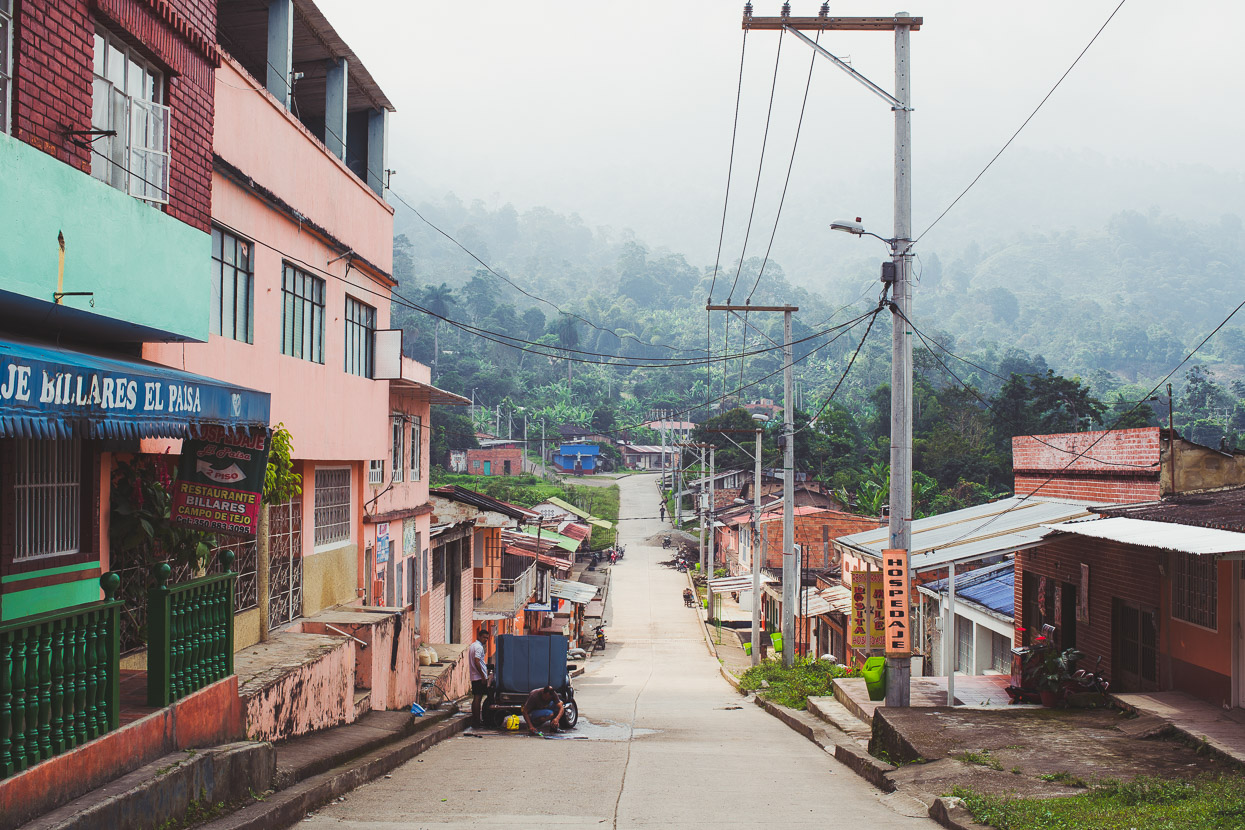
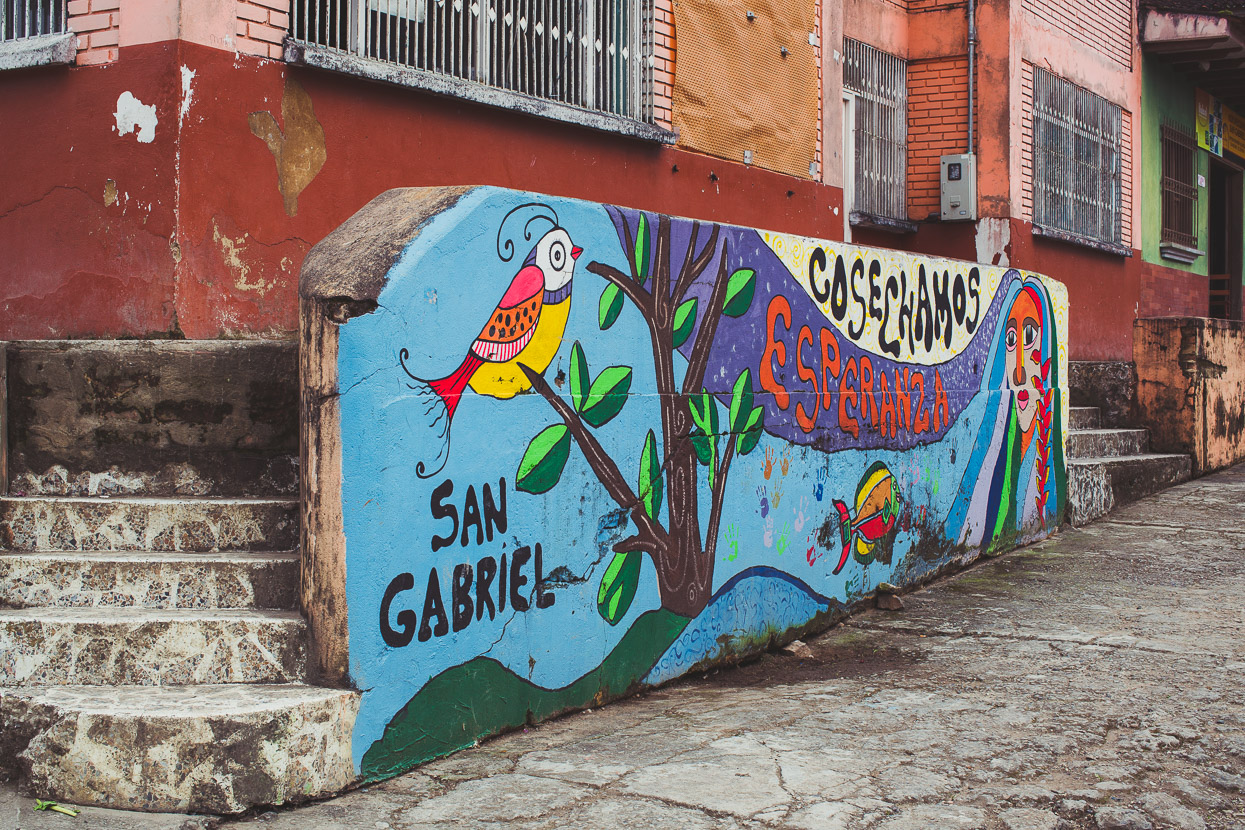
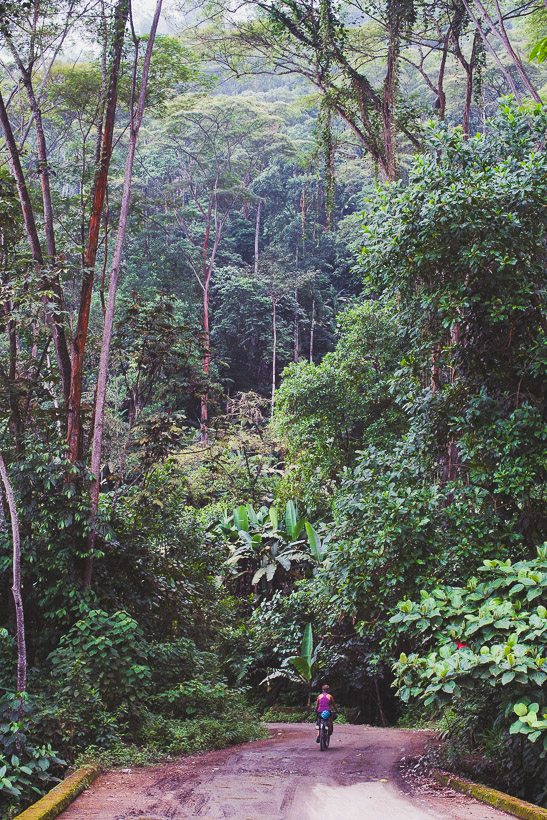
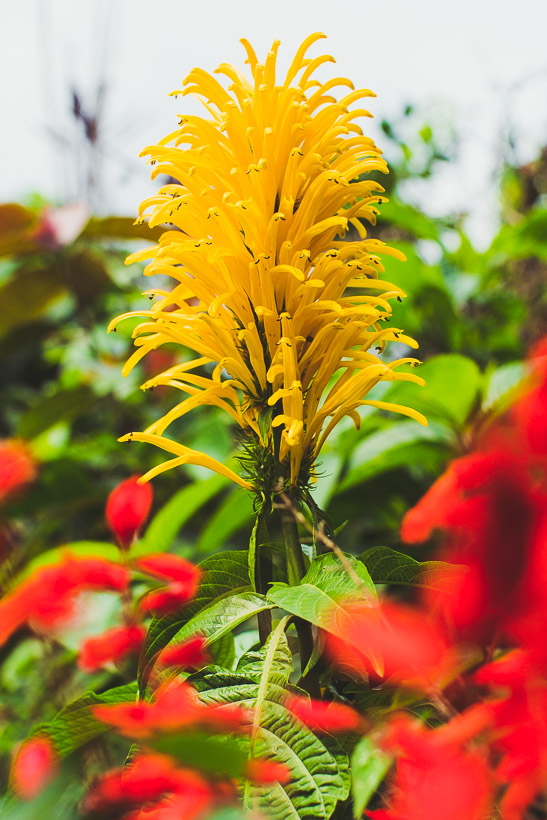
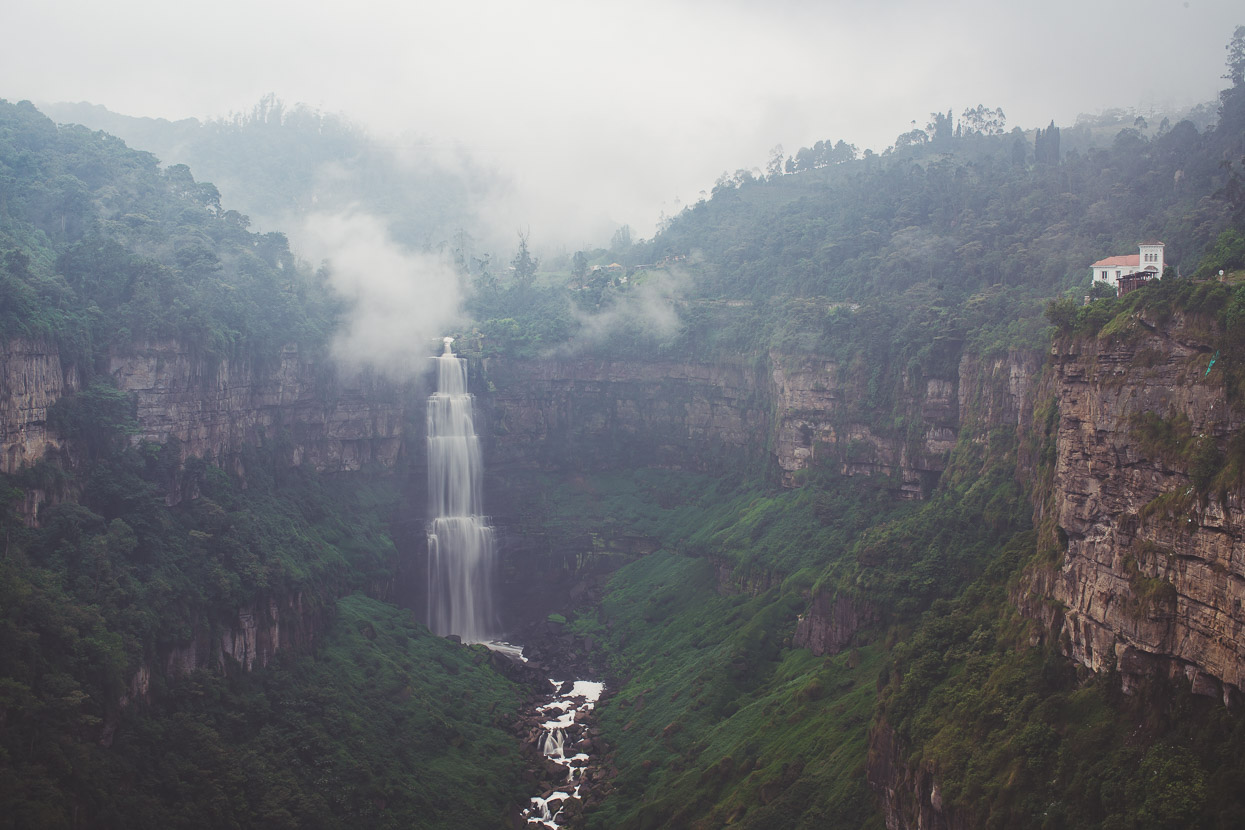
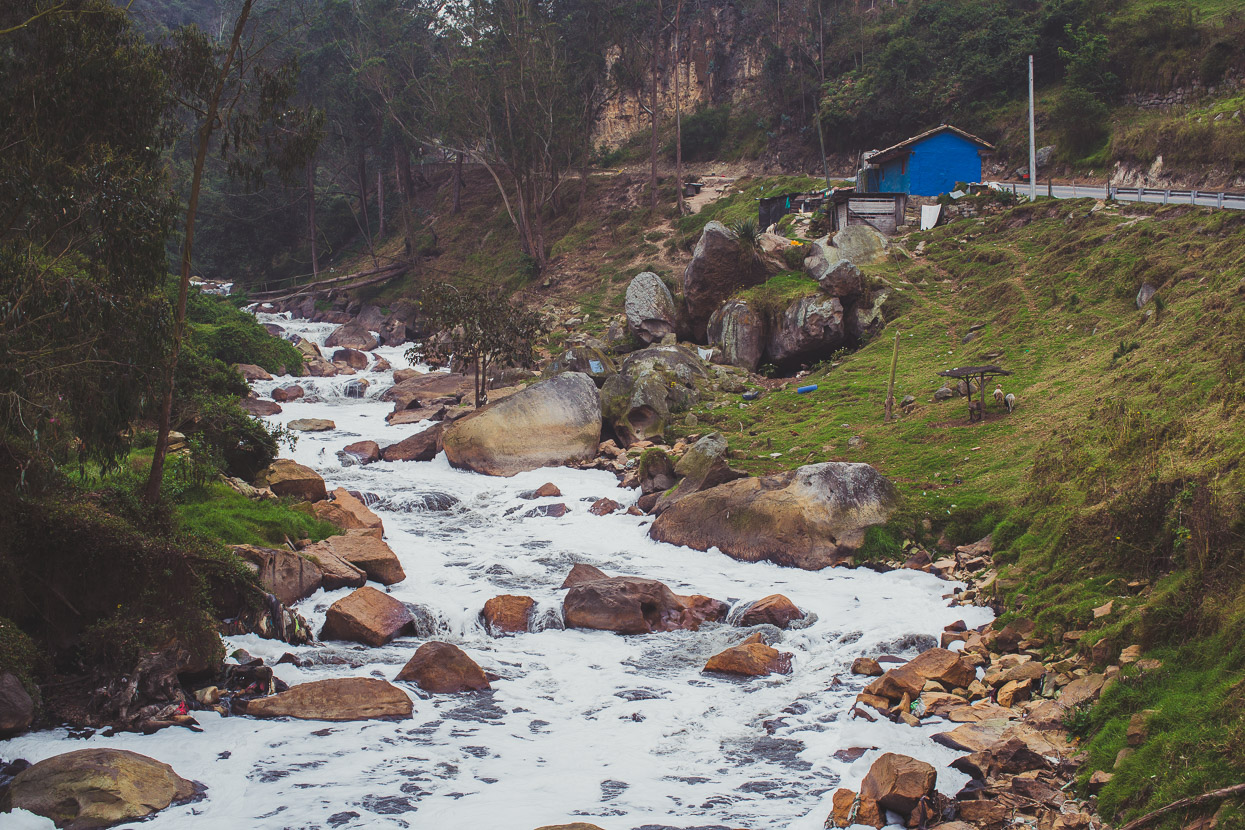
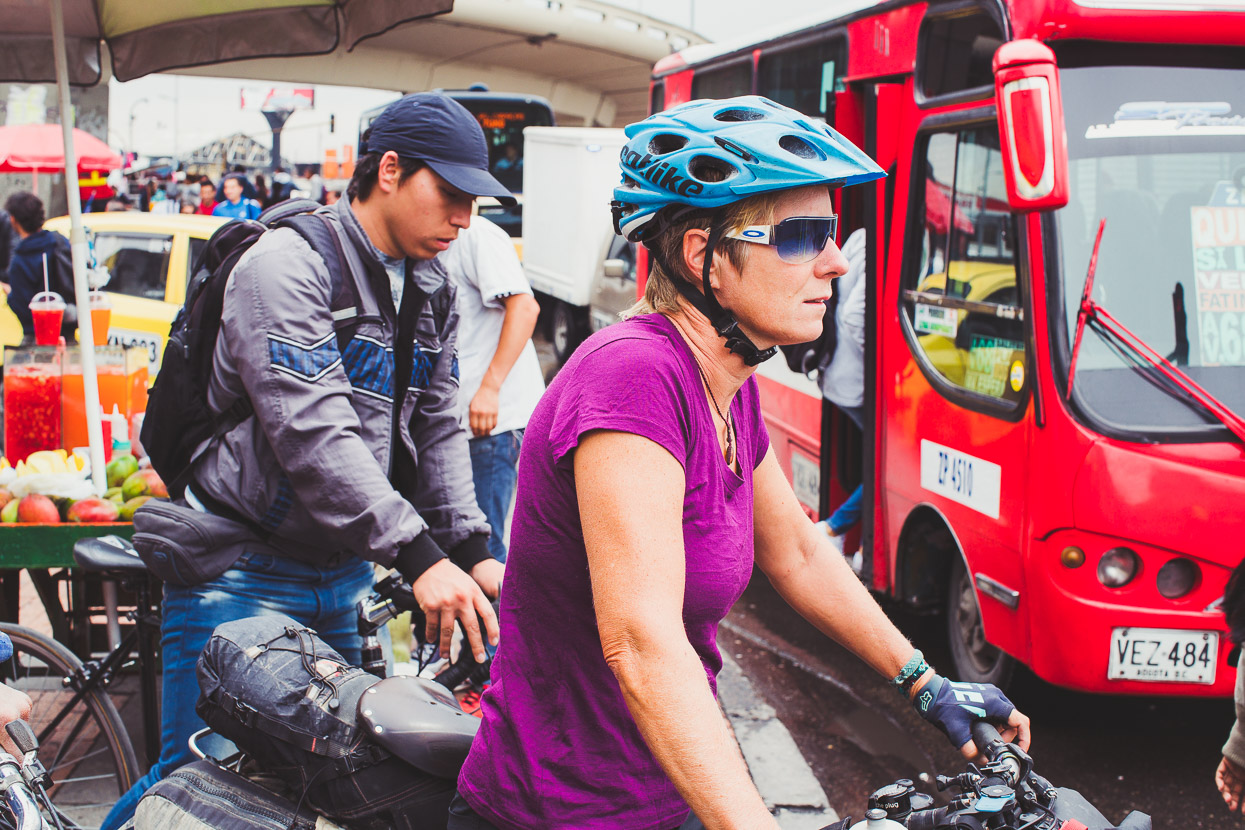
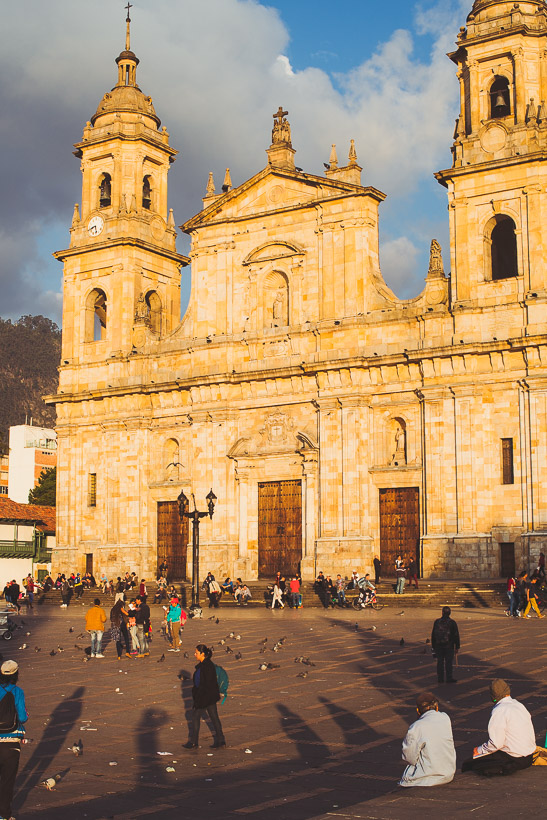
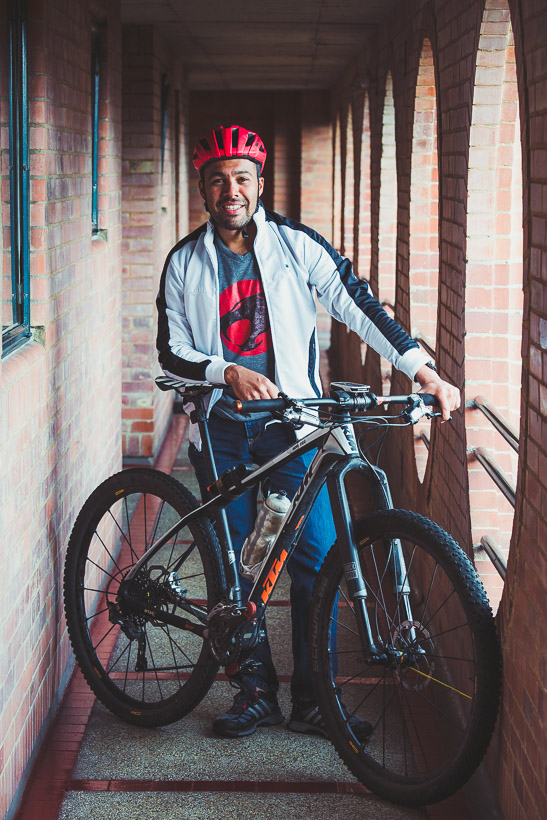



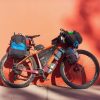

Fascinating !